A confused cirrus sky formed of swirling hexagonal cells had me grabbing the camera and wellies. As I was about to dash out of the front door, Little Helper asked: “Can I come too?” Several more minutes spent finding relevant wellies, jackets and other essential items meant that it was some 10 minutes before we set off to the fields. Astonishingly, although it looked as if the clouds were just hanging there, going nowhere any time soon, in the further 5 minutes it took us to get to the fields, three-quarters of the sky was clear and the remaining cloud cover was rapidly vanishing to the east. It’s only when you try to capture clouds that you realise just how fast they are moving and changing. The only record we have of the cirrus clouds is thus Little Helper’s photo from her iPad taken in the garden before we’d even got going, and even then, the patterns had already changed:

Consequently the trip to the fields turned into a journey to find interesting alternative scenes with photo potential despite the rapidly-fading light. The honeysuckle (Lonicera periclymenum) is now in flower, which offered something of a challenge:


The red campion (Silene dioica) was positively glowing in the dusk light, nestled amidst the wickedly-spined foliage of spear thistle (Cirsium vulgare):


Out in the fields, the wheat is now at least knee height:


Meanwhile around the margins of the field, in the headlands, a mixture of rye grass and oats gave a fringe of mixed colour that was growing almost twice the height of the wheat (but then the wheat is devoting large quantities of resources to producing fat seed heads). The vivid red colour of the oats contrasted strikingly with the muted green of the rye grass:




Walking back home through the churchyard, a couple of stone planters with geraniums caught my eye:


Arriving home, the full moon was already bathing the landscape with its rather yellowish glow, and the local blackbird was singing its heart out from the neighbouring roof-top, declaring its territory into the gathering darkness:
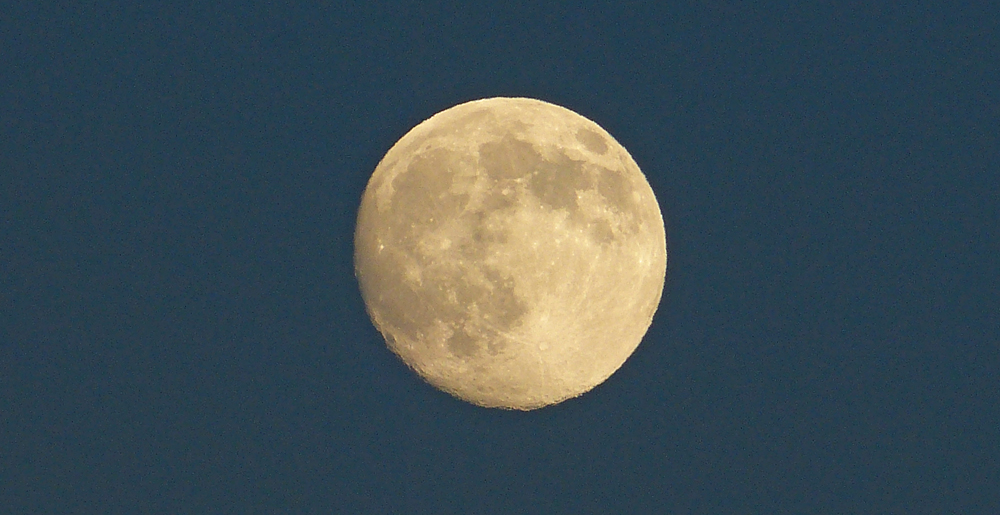
Category: Uncategorized
Myland cloudscapes : 15th June 2016
Taking annual leave today so no commuting down to London, and not really any opportunity to grab pictures of the really spectacular cumulonimbus calvus bubbling up all day because there were so many other things to catch up on. I did manage to grab one image of a huge cloud rising up over the centre of Colchester:

Then at the end of the day, while operating the gym school taxi service again, I caught a rolling band of cumulus mediocris over the adjacent meadow (and these cloudscapes really are worth clicking on to see the full image – use browser back-arrow to return):

…while to the south, spread across half the sky, was a vast banner of left-over anvil from a cumulonimbus cloud (cirrus spissatus cumulonimbogenitus – that took a lot of careful typing…!):

While gym daughter was throwing a team-mate into the foam pit as a birthday celebration, I grabbed the last of sun as it sank into the clouds to the north-west:


More heavy showers predicted for today, so perhaps more spectacular cloudscapes…
What the Commuter Saw : 14th June 2016
A rather chaotic start to the day because of a fatality on the line near Witham. All very sad. The result, however, was that Colchester Station was full of people wondering when the trains would start running again. The station staff were all very good, but they couldn’t tell us when the police forensic crime-scene team would finish. Consequently I took the opportunity to take some rather more leisurely photographs of things around the station that would be missed in the normal course of events. The local wildlife provided entertainment as well.
Most striking initially were the huge and confused cumulus congestus clouds which were boiling round the horizon and threatening to dump large amounts of rain on us at some point:


A particularly large one was looming closer as the wind carried it towards us along the line from the west:

Then I spotted one of the resident station collared doves (Streptopelia decaocto) apparently trying to reconstruct a nest from a great deal of material which was now scattered on the platform, apparently after some form of nest disaster. Each twig was waggled and twisted before being selected or rejected:



After the collared dove had flown off to find more satisfactory construction material, I spotted some striking stands of herb robert (Geranium robertianum) growing amongst the stone ballast beneath the rails themselves. The red colouration seems to be a response to extreme drought conditions, but quite what the mechanism is I’m not sure:


The the ballast itself offered photo opportunities – along with much processing in Photoshop:


A turquoise grating also caught my eye:

Then continuing the blue theme, the spring clips holding the rails to the sleepers looked quite interesting as potential images:



After that, some rail sections piled up waiting for use offered further potential, thanks to Photoshop:


Then a pair of magpies came strutting along by the fence, prodding and poking everything that offered even the faintest hope of fun, until they, too, flew off:



Finally the trains started coming through again, and although there were some fairly spectacular skies I managed to nudge the focus button so everything until Chelmsford was totally out of focus. Sigh… Still, the few photos between Chelmsford and the Lone Oak east of Shenfield give a sense of the angry and confused sky:



The journey home that evening was remarkably smooth, considering that all the trains were probably in the wrong place by mid-afternoon. The sky had cleared, and didn’t really offer much until the poplar field to the west of Chelmsford:

After Chelmsford the sky became rather dramatic rather quickly, with a thin veil of cirrostratus steadily covering the sky (and creating sun dogs) while beneath this layer the bands of altocumulus were merging steadily into an increasingly thick and continuous layer:


On gym-school taxi service, I managed to grab a final view of the sun as it set over the adjacent field, and a shot of bird’s-foot trefoil – also known as ‘eggs-and-bacon’ – (Lotus corniculatus) in the still of the evening when there is no wind to blow it about:


More thunder clouds predicted for the next couple of days. Summer, eh…..??
Exmoor : June 2016
Off to Exmoor to help train this year’s volunteer peatland surveyors, organised by the wonderful quadumvirate (is that even a word?) of Andy Glendinning, Morag Angus, Maddy Davey and David Smith. The journey from Colchester to Taunton enjoyed glorious weather all the way, with the odd interesting dark cloud once we were west of Pewsey:
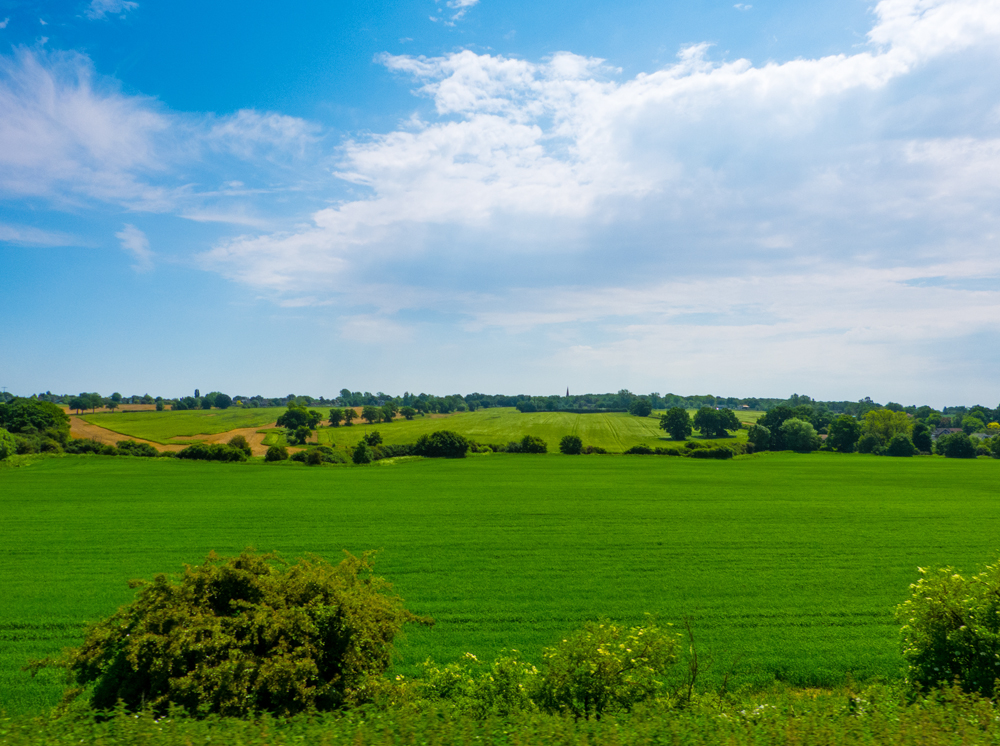
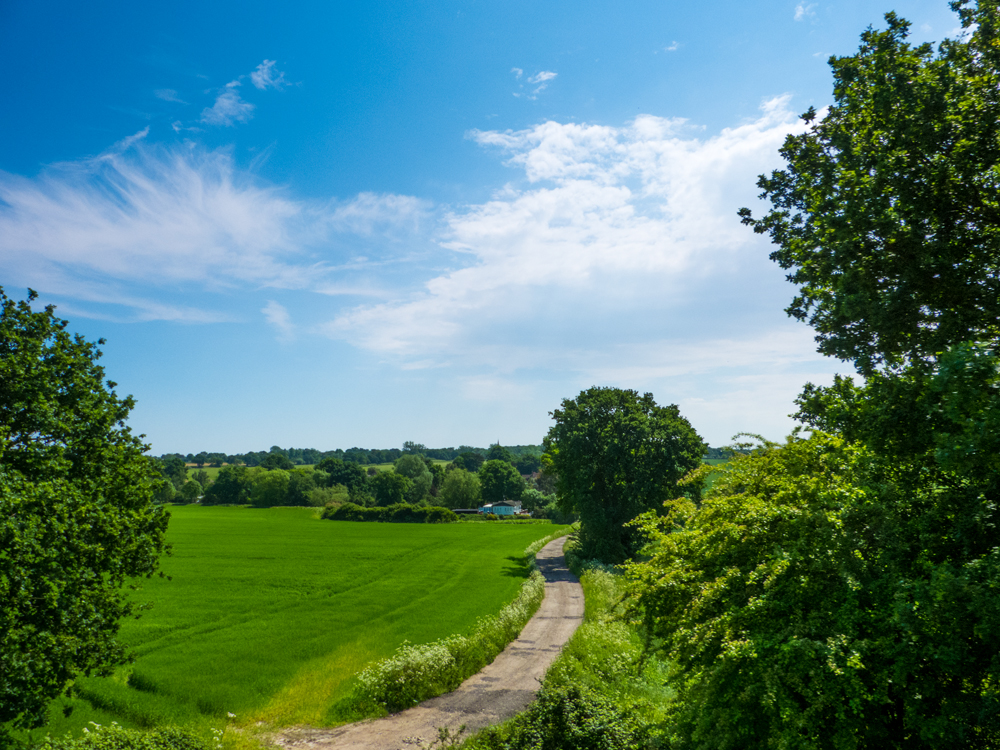
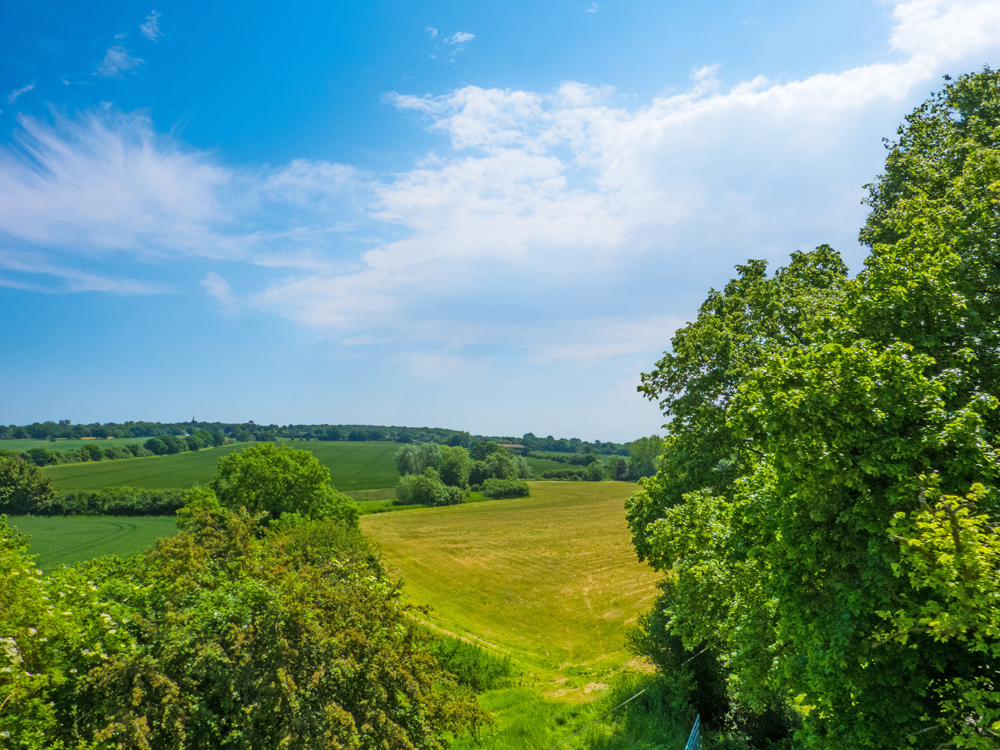
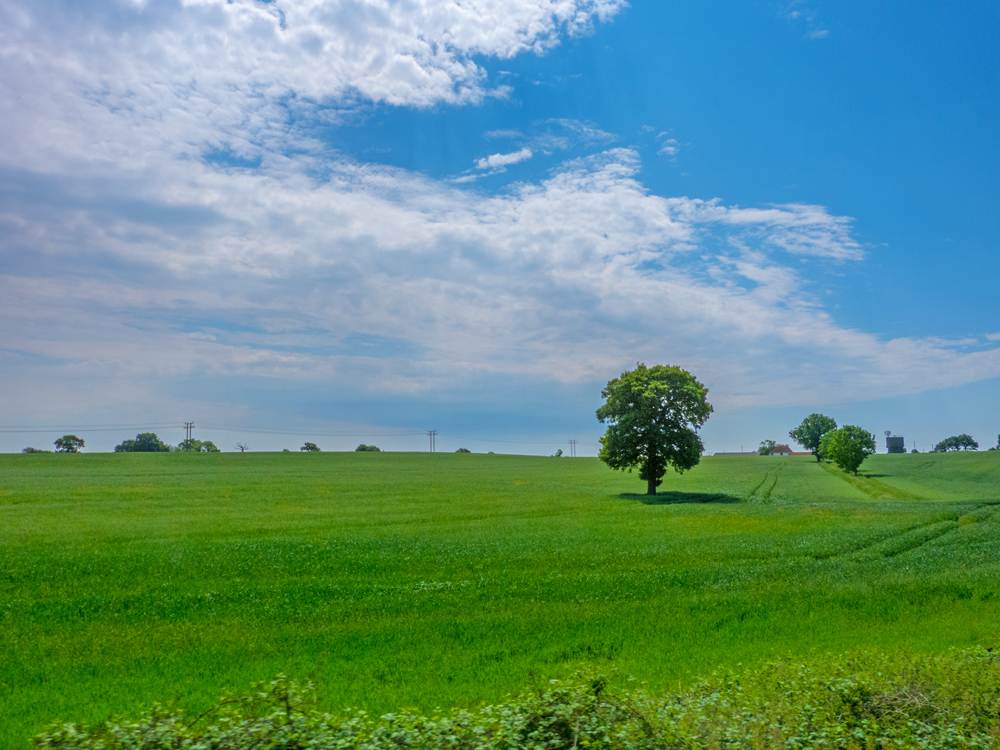
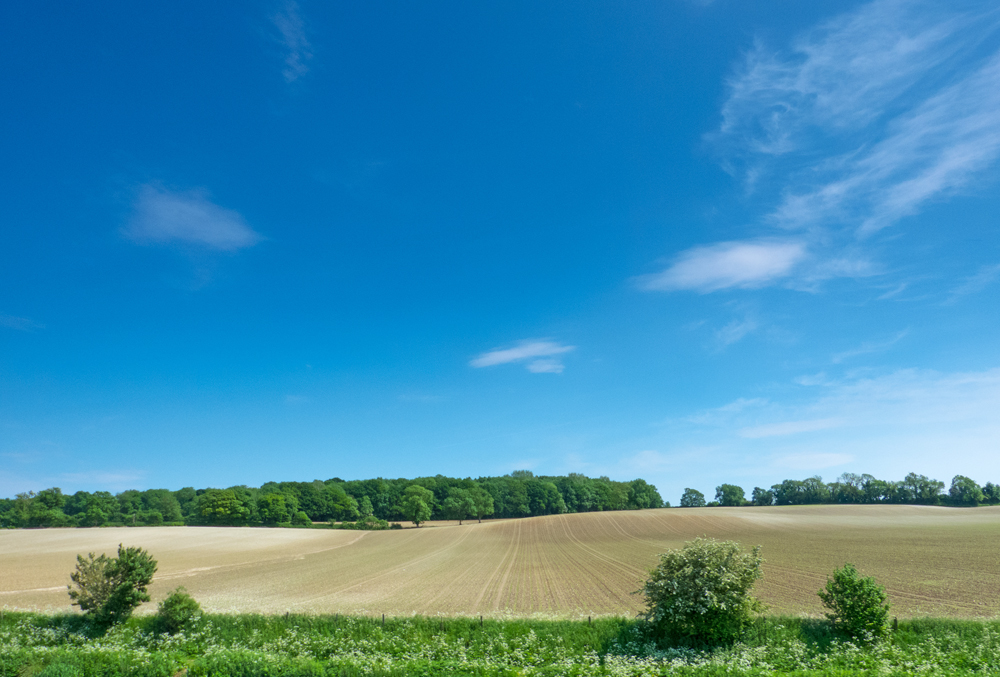
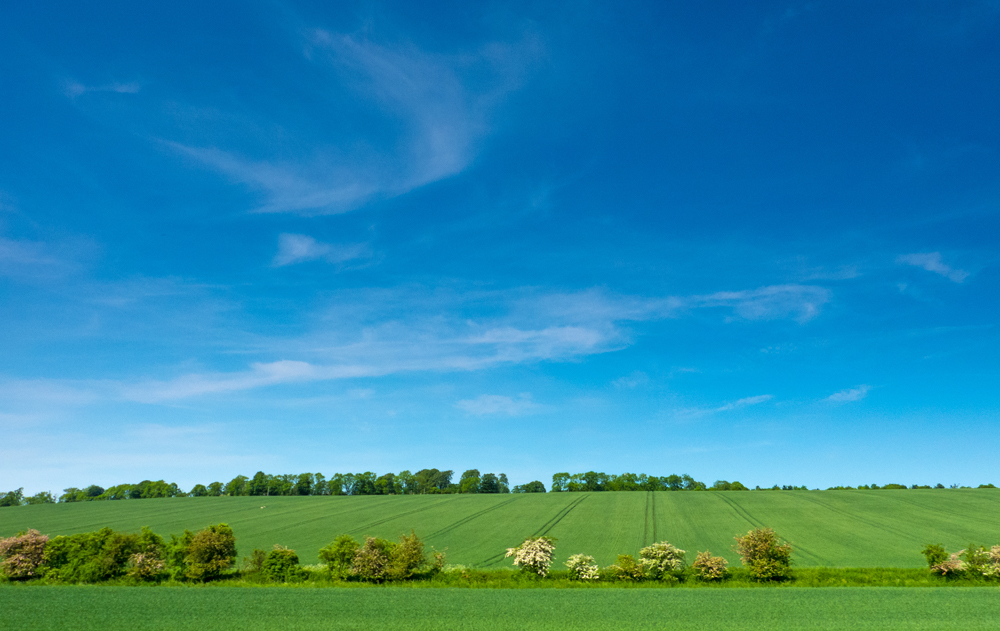
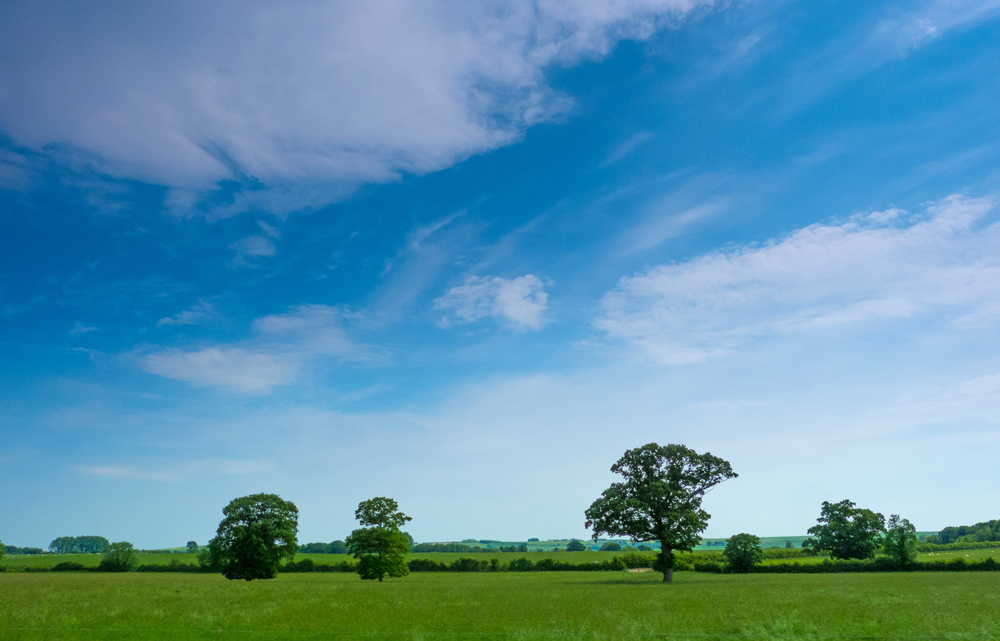
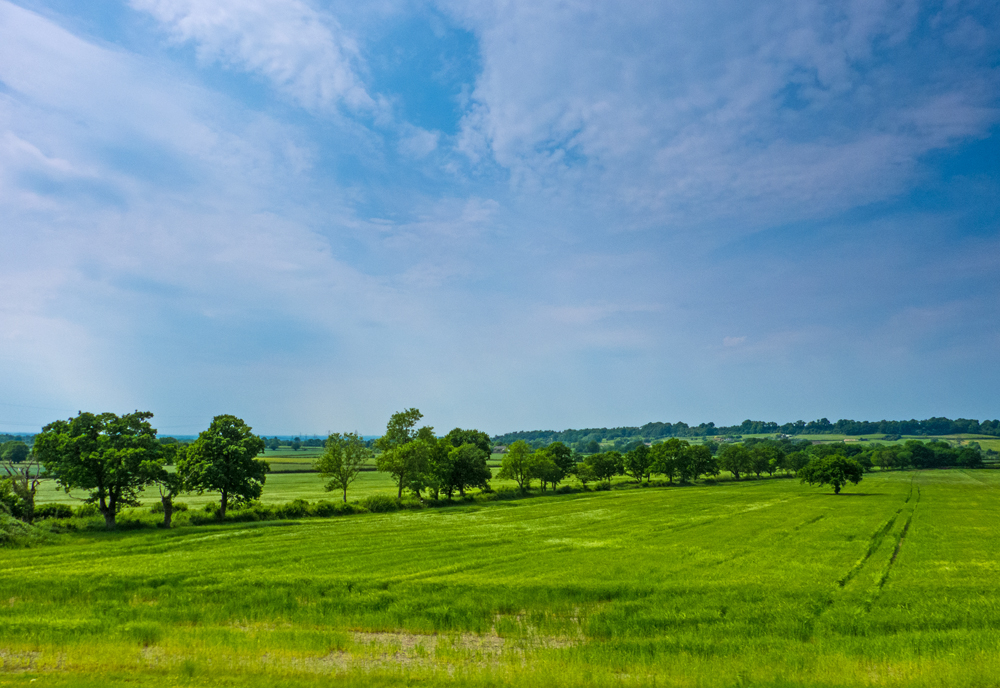
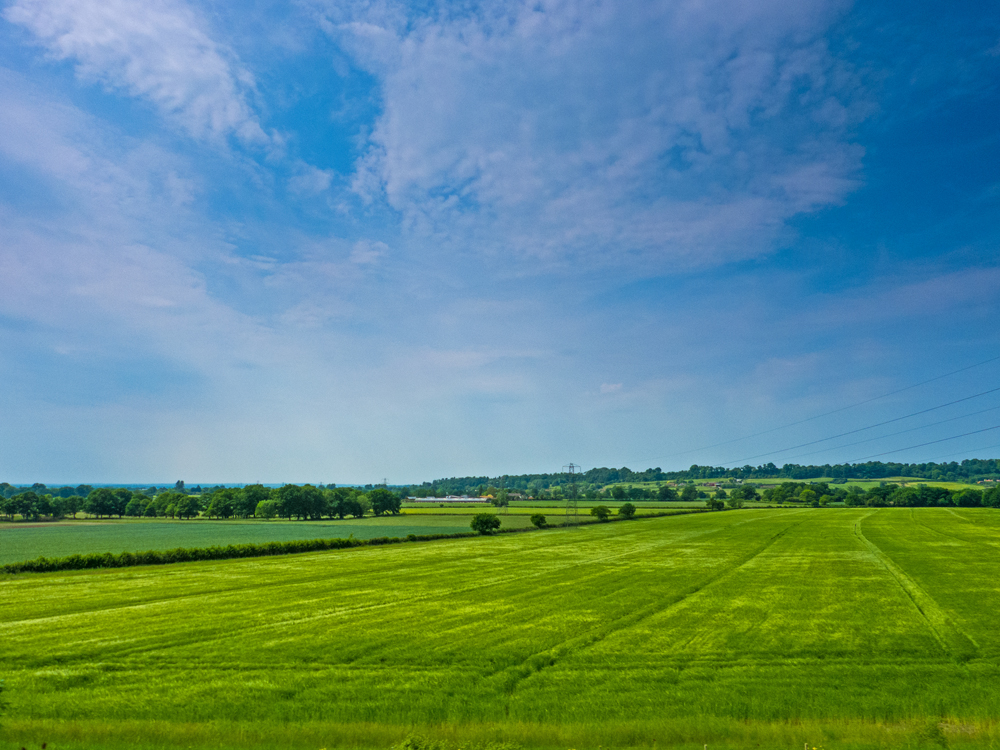
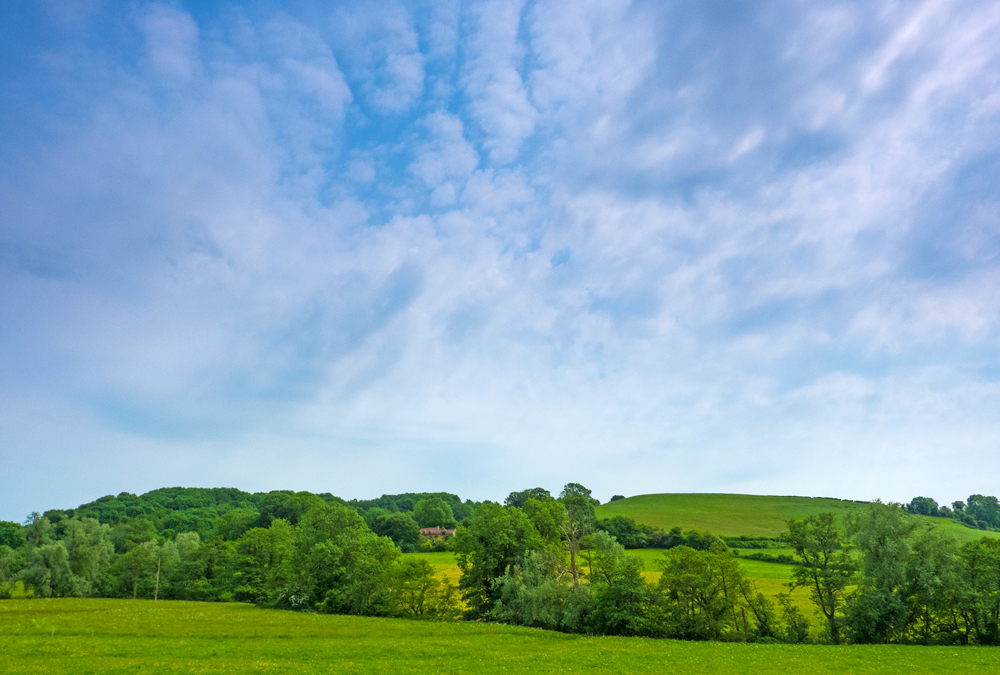
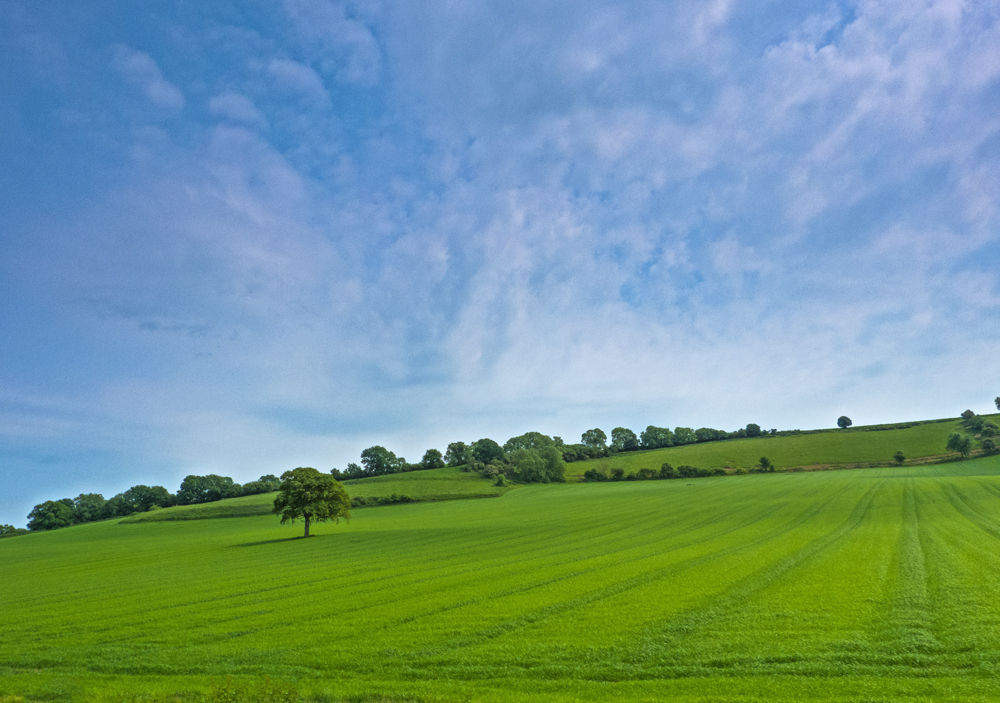
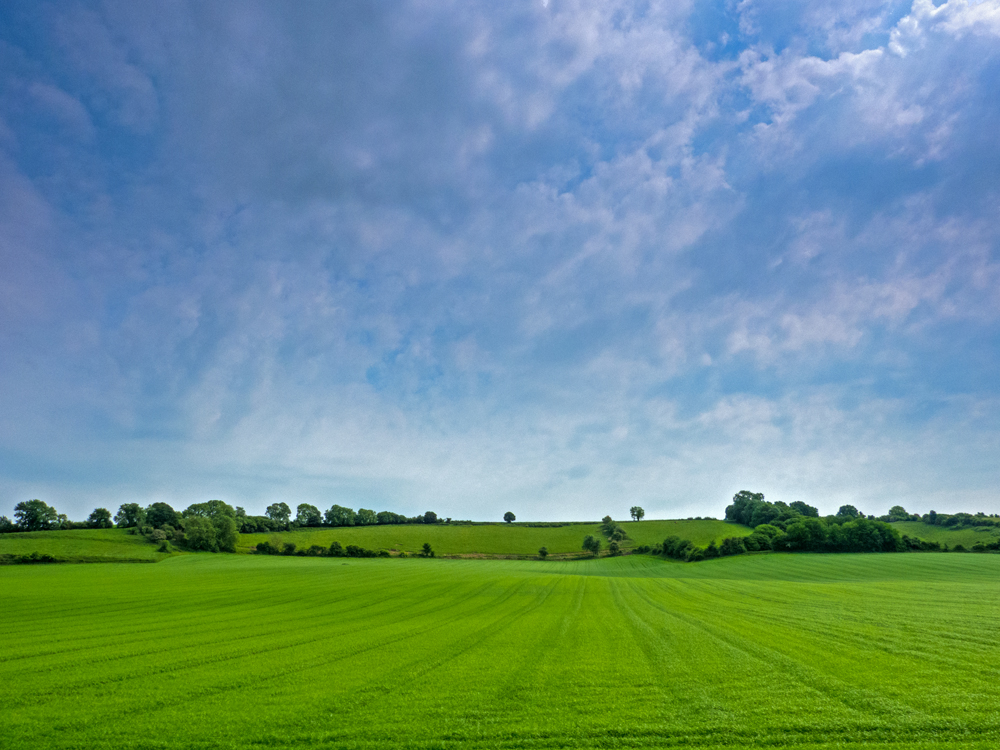
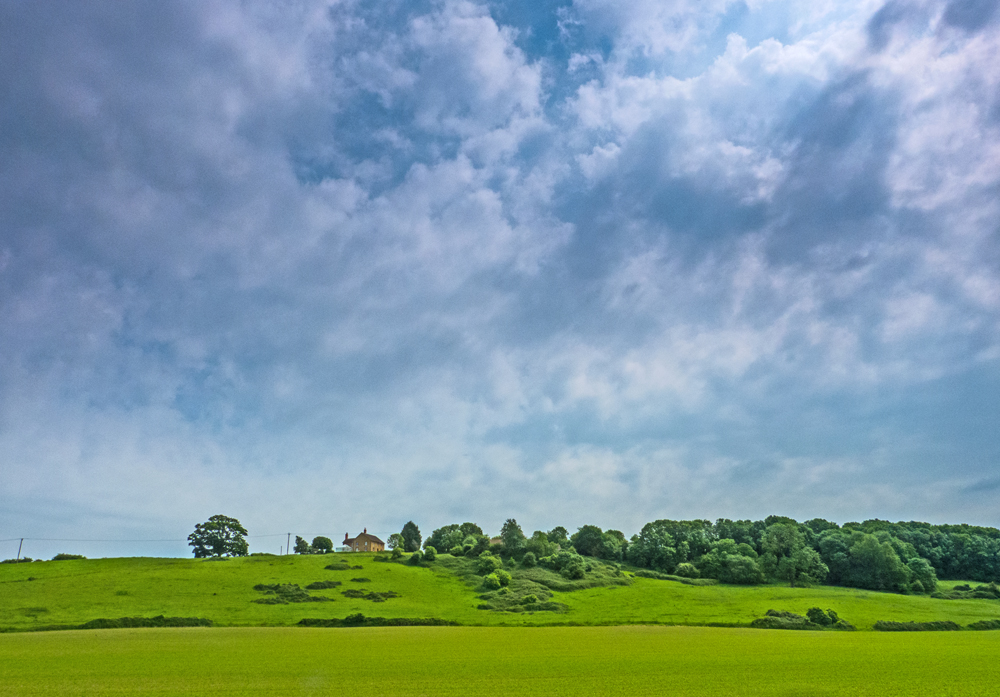
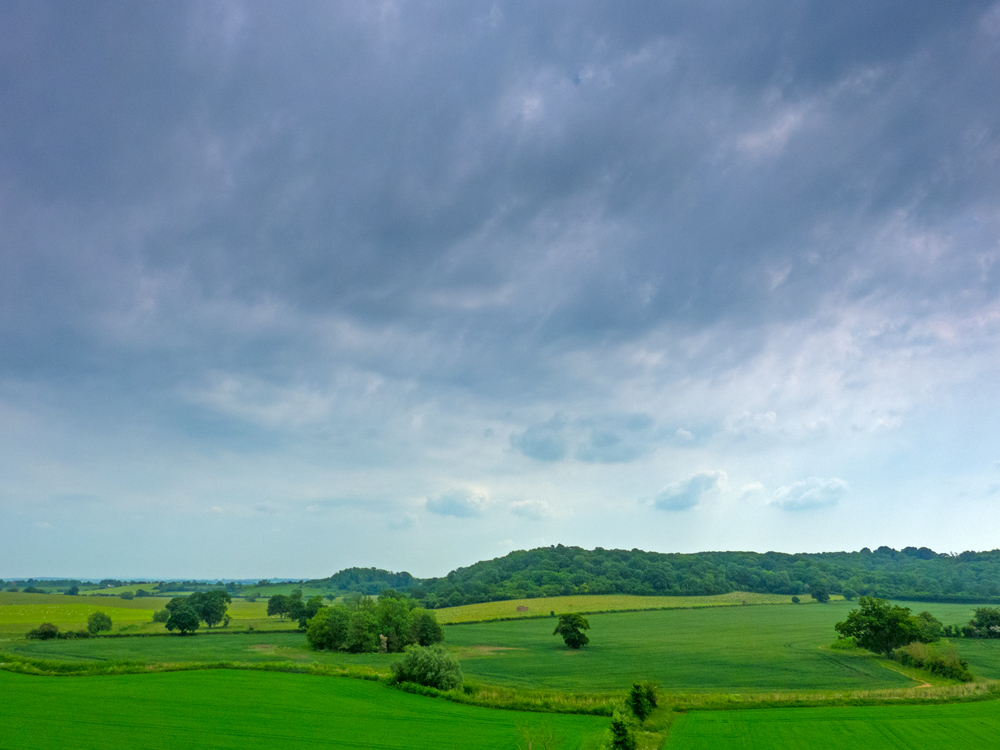
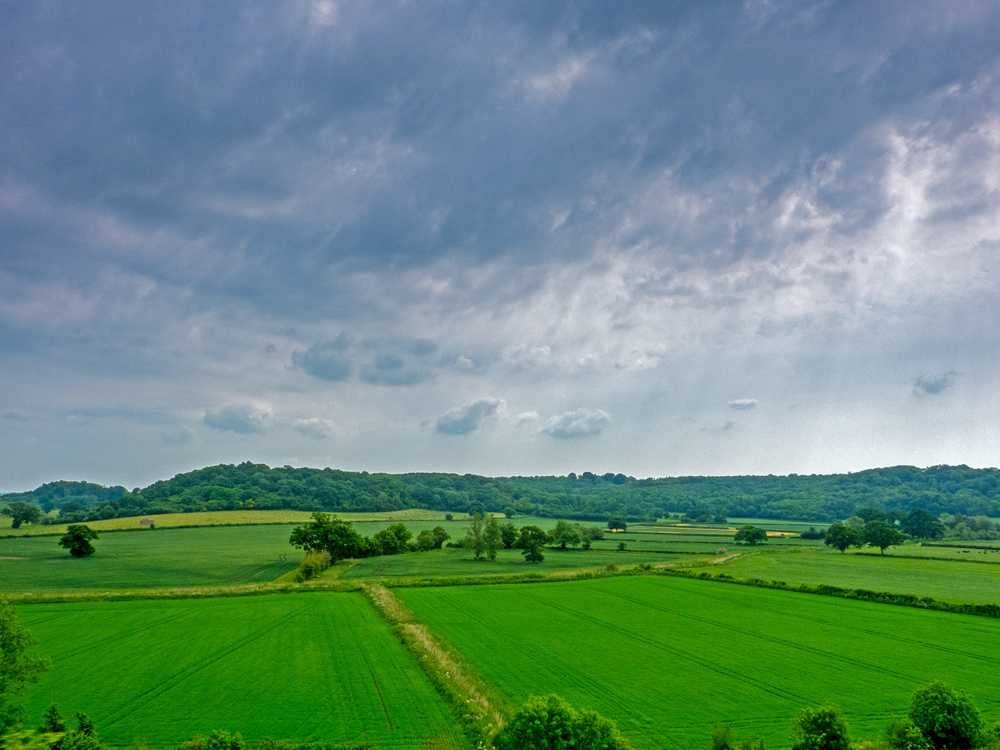

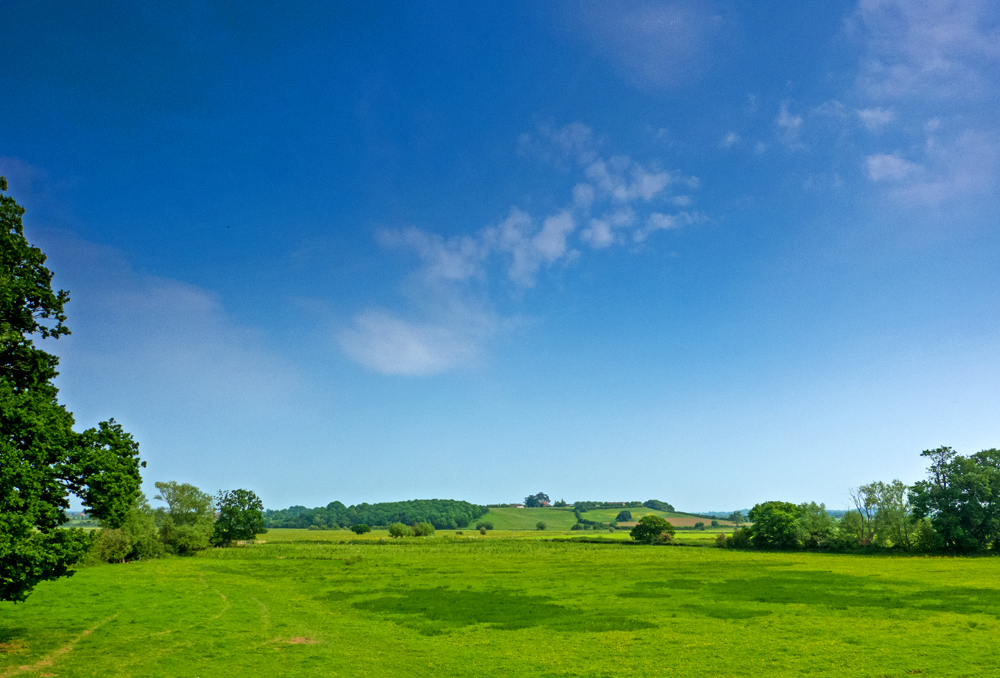
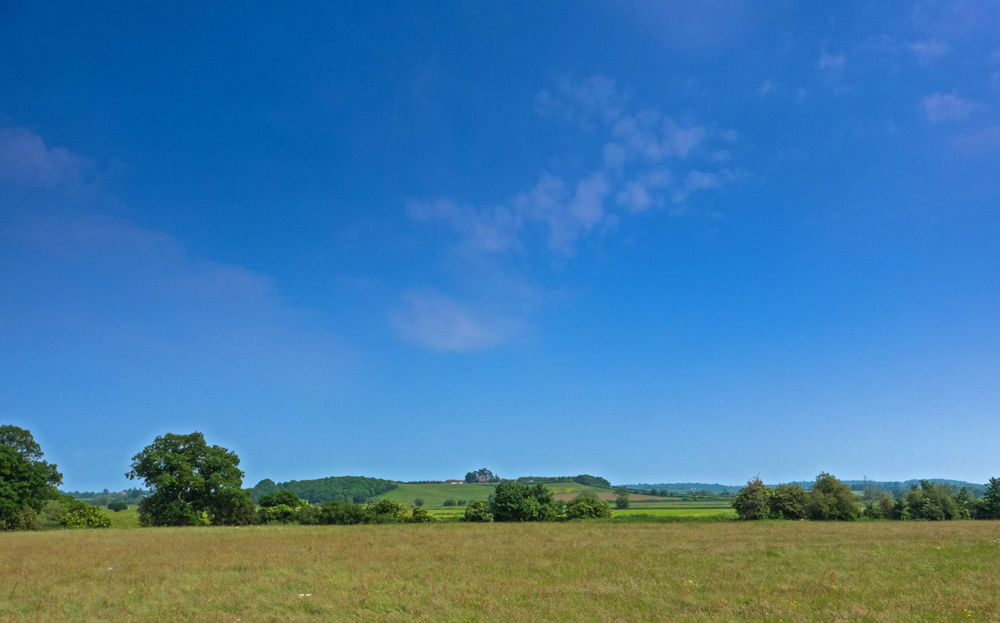
Once up on the Exmoor plateau, the views were wonderful:
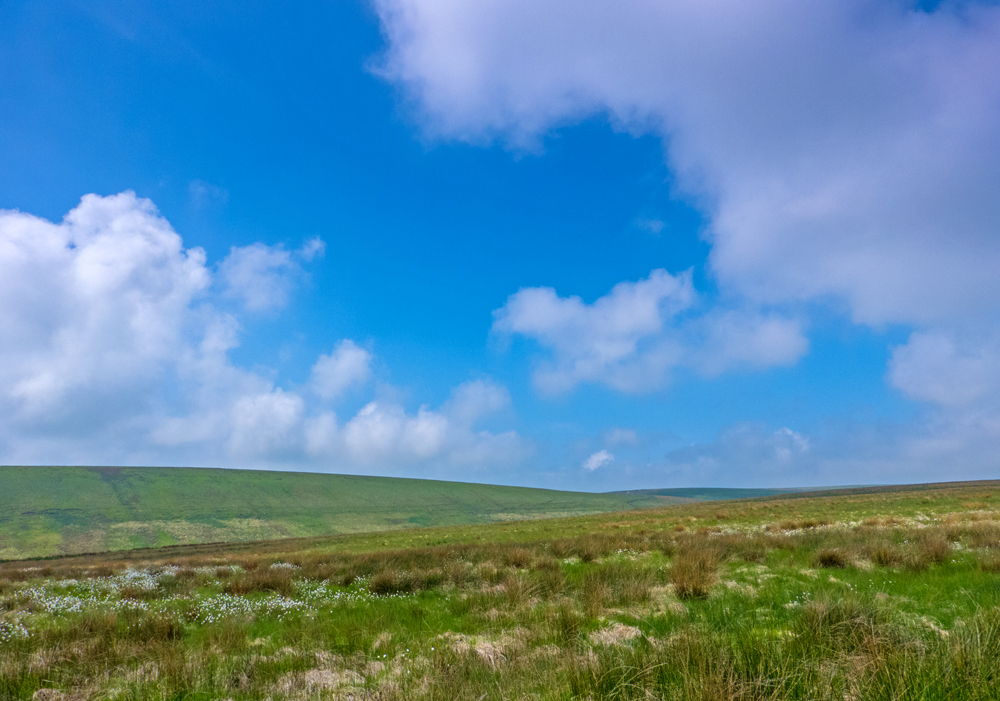
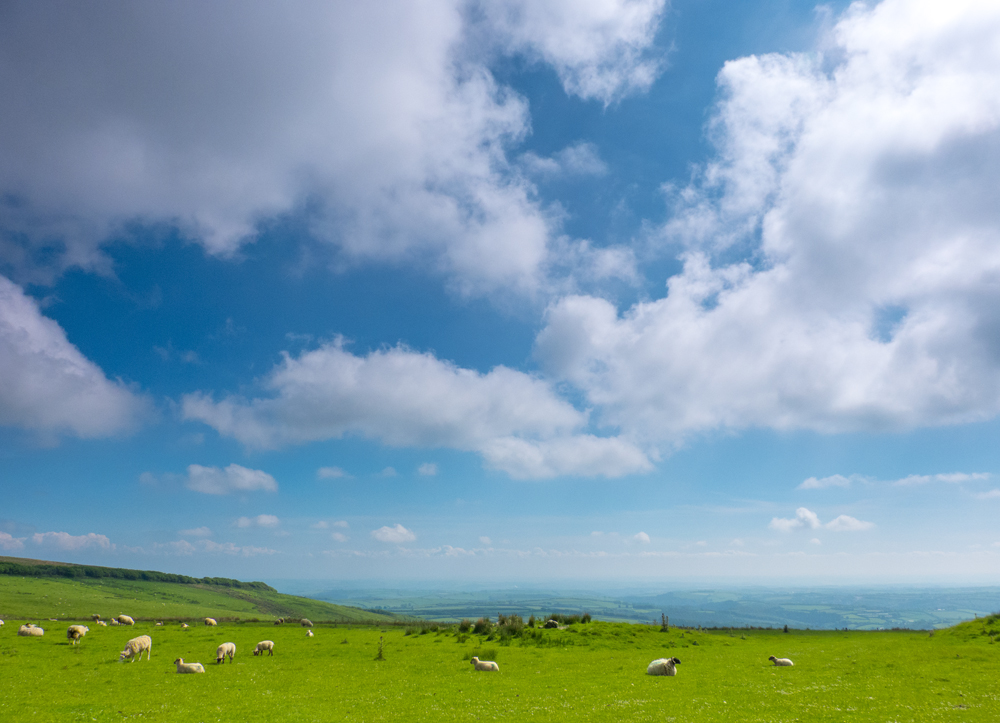
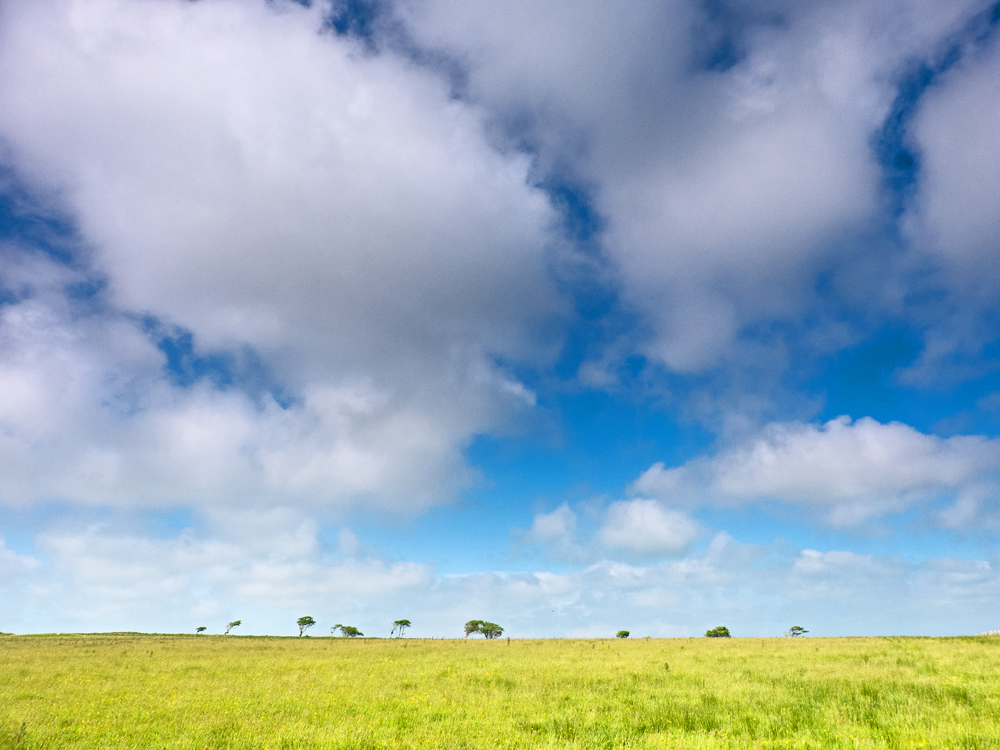
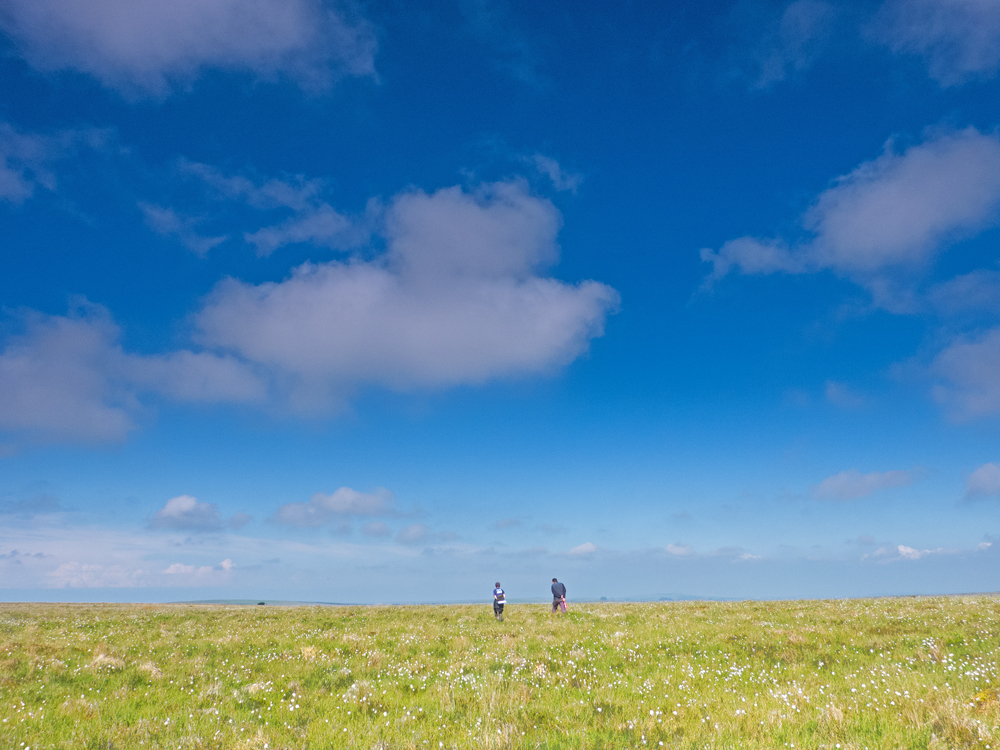
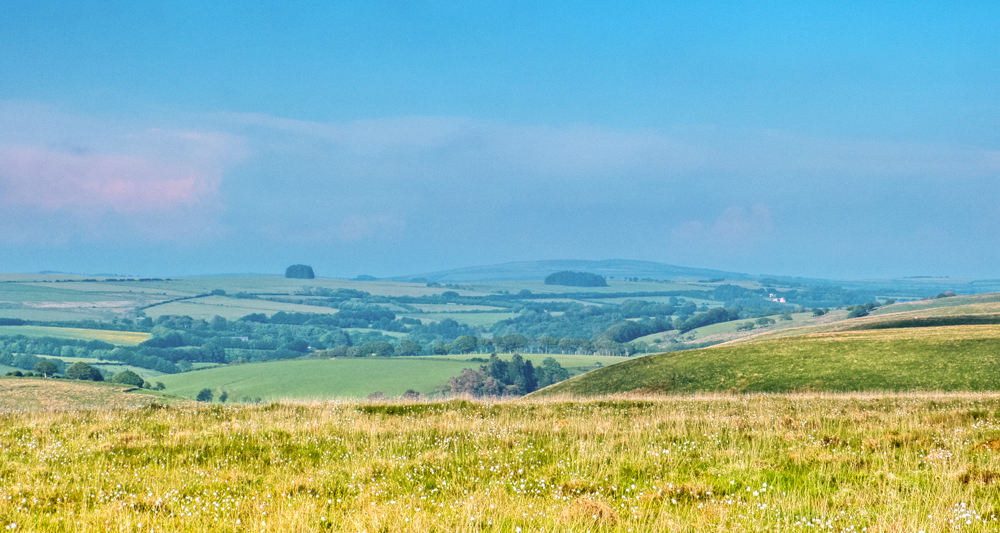
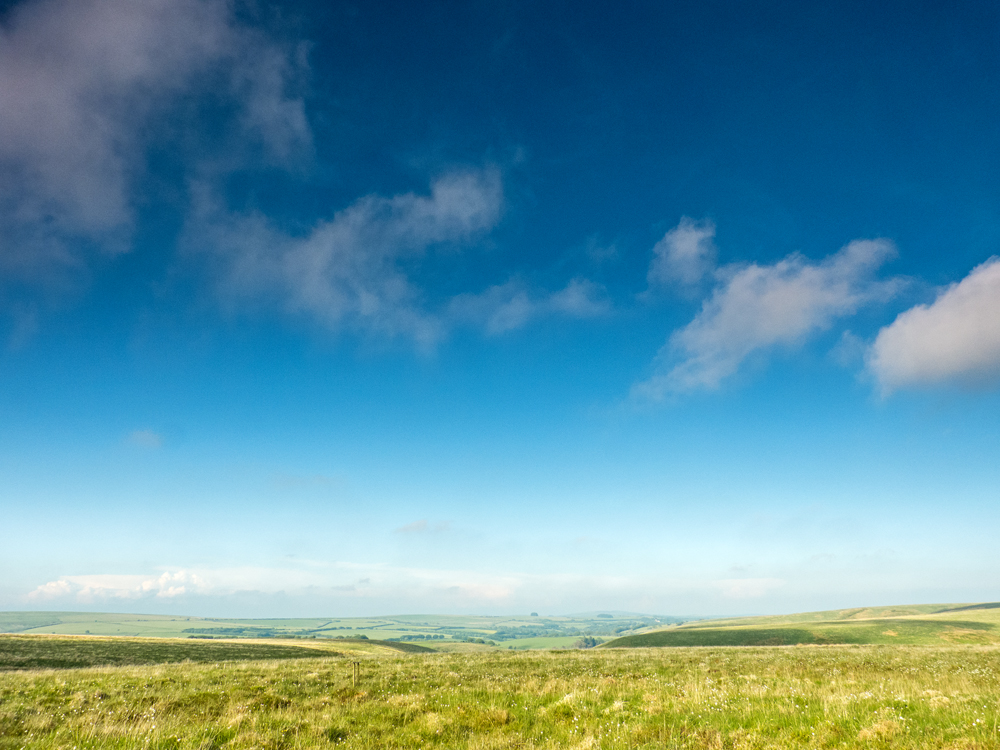
In addition to the ever-present skylarks, giving such a characteristic backdrop soundtrack to the bog landscape, there were curious stonechats, and the swallows were taking possession of all available telephone wires:
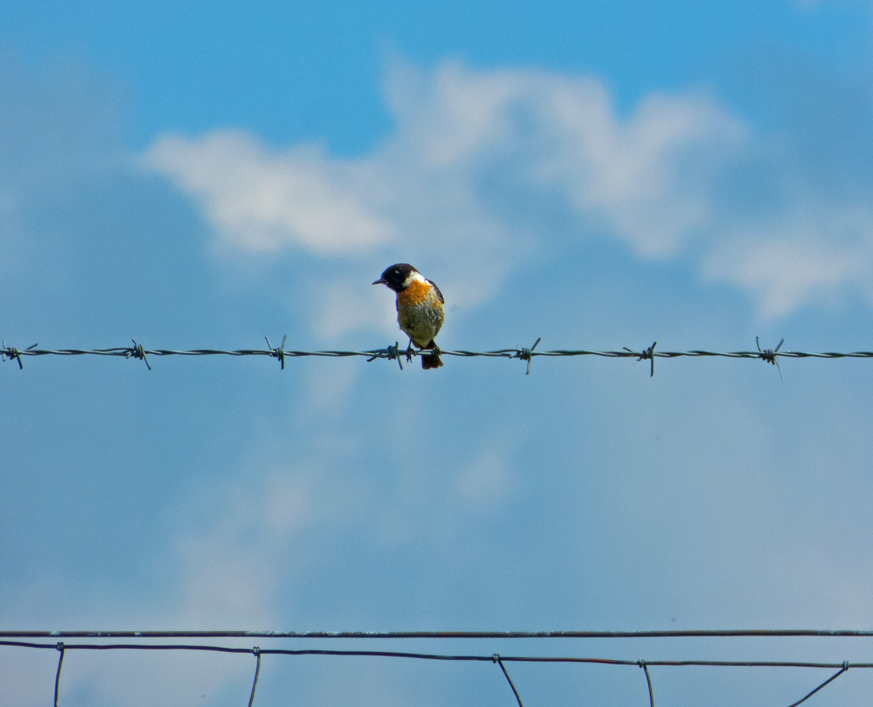
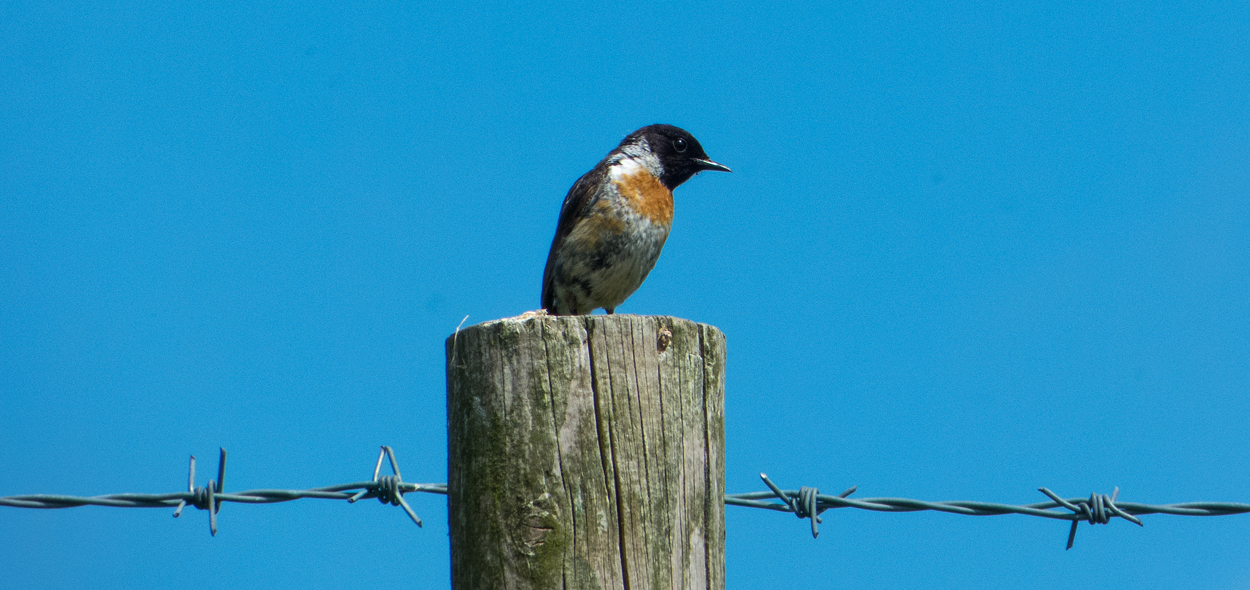
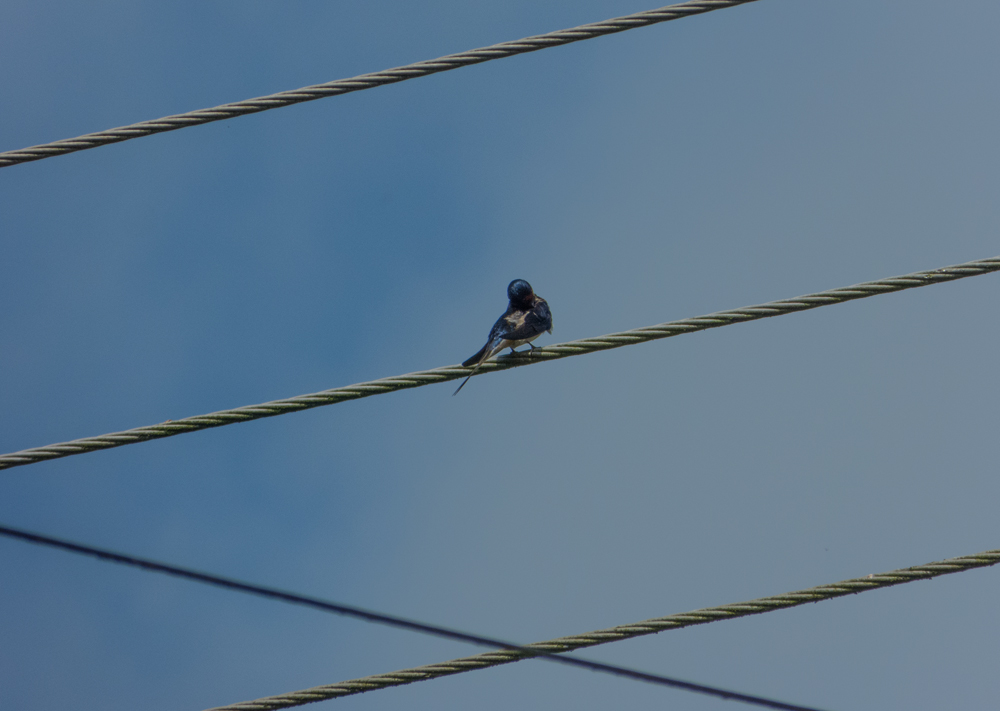
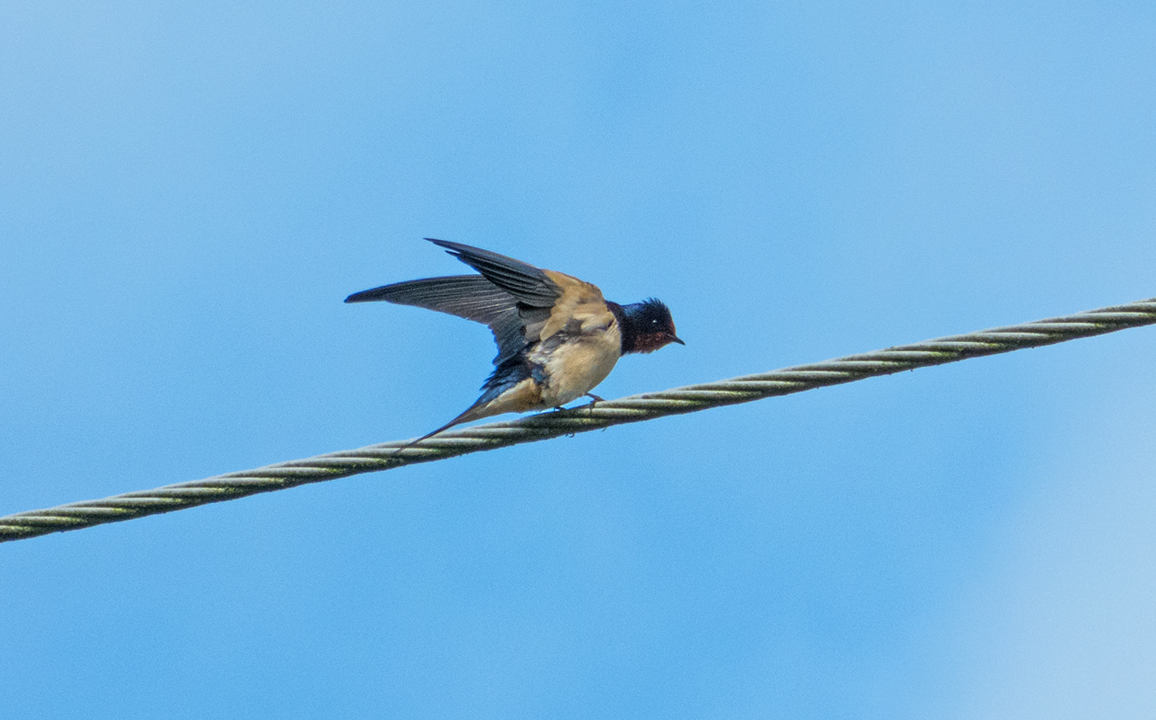
Then the cloud rolled in for a while but never seriously threatened rain – it was more a mysterious hill fog that provided all the Sphagnum with a welcome drink of fog droplets, while the garden chafer (Phyllopertha horticola) pretended that it was a Namib Desert fogstand beetle (Stenocara gracilipes), attempting – rather badly it has to be said – to trap the fog and thus obtain a welcome drink of condensed water:
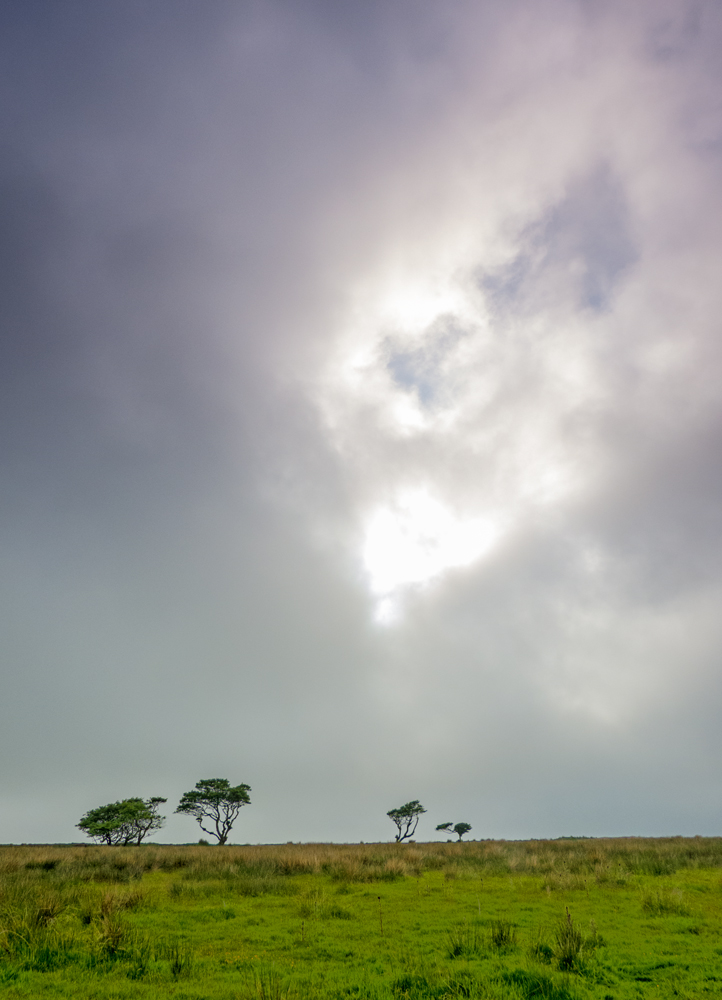

The journey home provided a wonderful series of views, but these are for another blog.
Thanks to all in the Exmoor Mires Partnership…!!!!
Myland wildlife, Colchester : 26th May 2016
Catching up somewhat on my backlog of wildlife/landscape photos, I had a brief detour through the green lanes of Colchester and Myland the other day on a quick trip down to The Range – a source of great art materials and much besides – not really expecting anything but just carrying the camera in case. In the event, a number of really interesting things were encountered.
The green lanes are really just gaps between things like industrial estates, railway lines and housing estates, but they are quite magical in their own way:
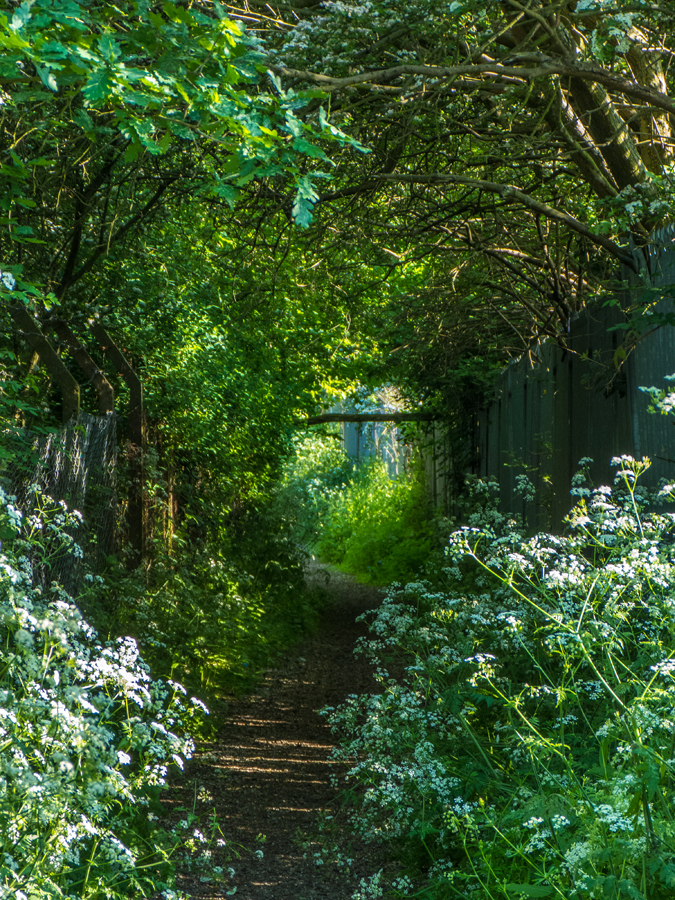
Walking along this particular one I was struck by this obviously decaying yet still alive tree, with two enormous clumps of yellow bracket fungus. The tree was still happily bursting into leaf (and I couldn’t work out the species – it looked rather exotic – and in fact fungus and insect grubs may eat out the middle of a tree to make it hollow, counter-intuitively enough thus making it stronger because it is lighter but still a strong cylinder so able to resist gales more. The Great Storm of 1987 destroyed huge numbers of relatively young trees, but many older trees survived because their trunks and larger branches were hollow and thus had less inertia when swung violently by the gusts – all thanks to fungi and xaproxylic invertebrates (dead-wood insects):
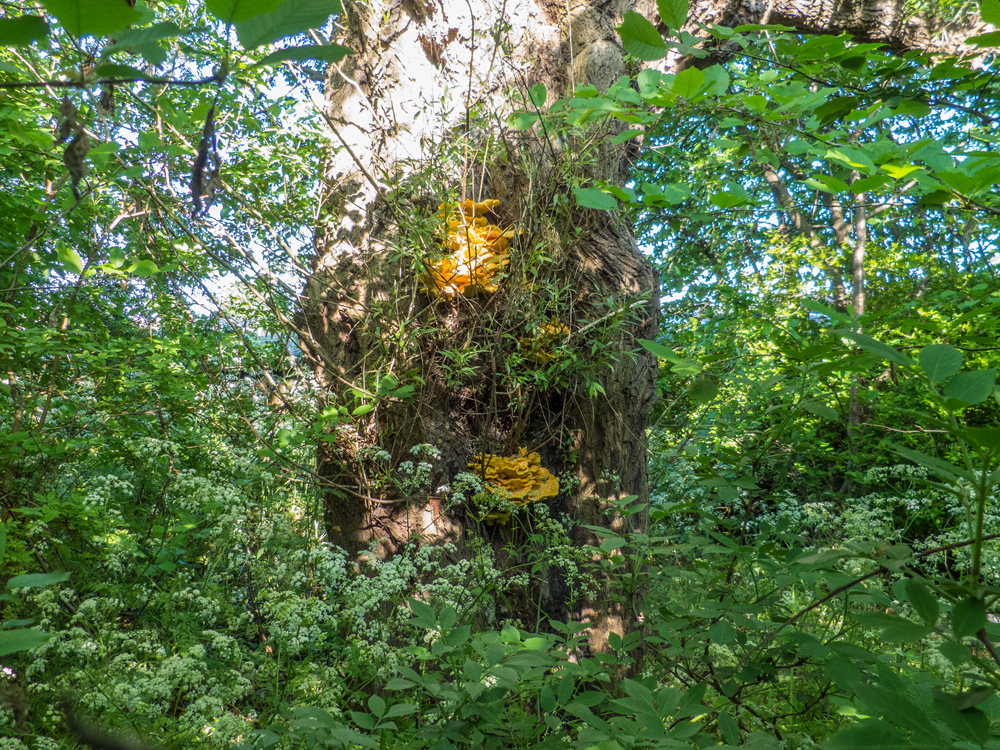
The fungus was, I think, yellow bracket fungus (Laetiporus sulphureus), or ‘Chicken of the Woods‘: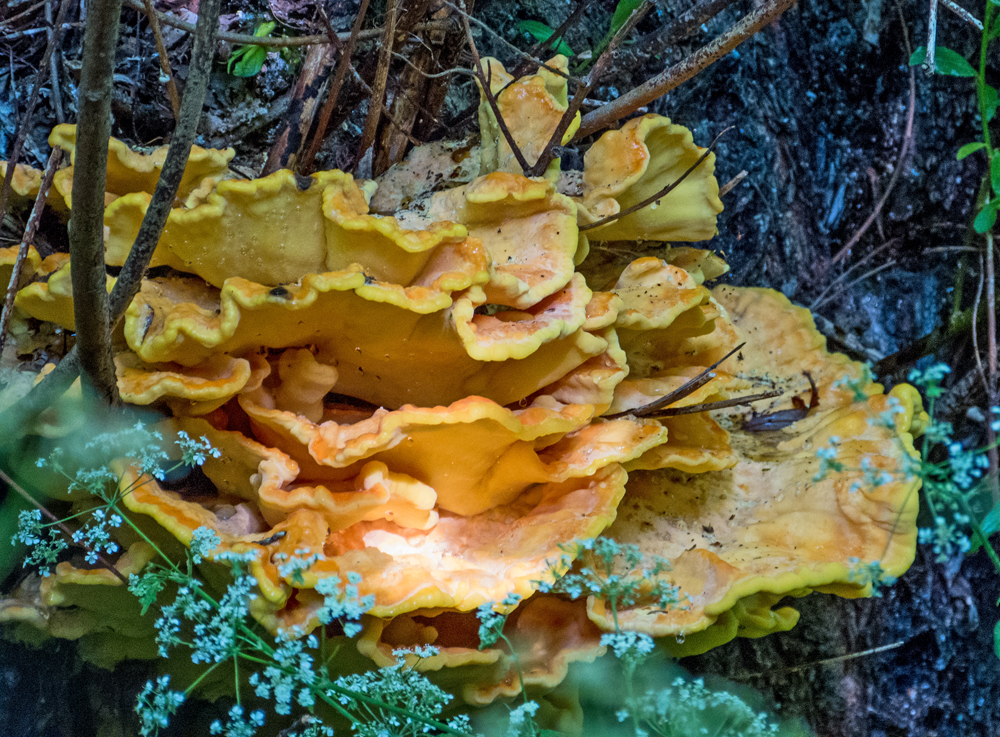
What was fascinating was that it was positively dripping, although there had been no rain for a couple of days. This moisture was the sap of the tree being exuded by the fungus:
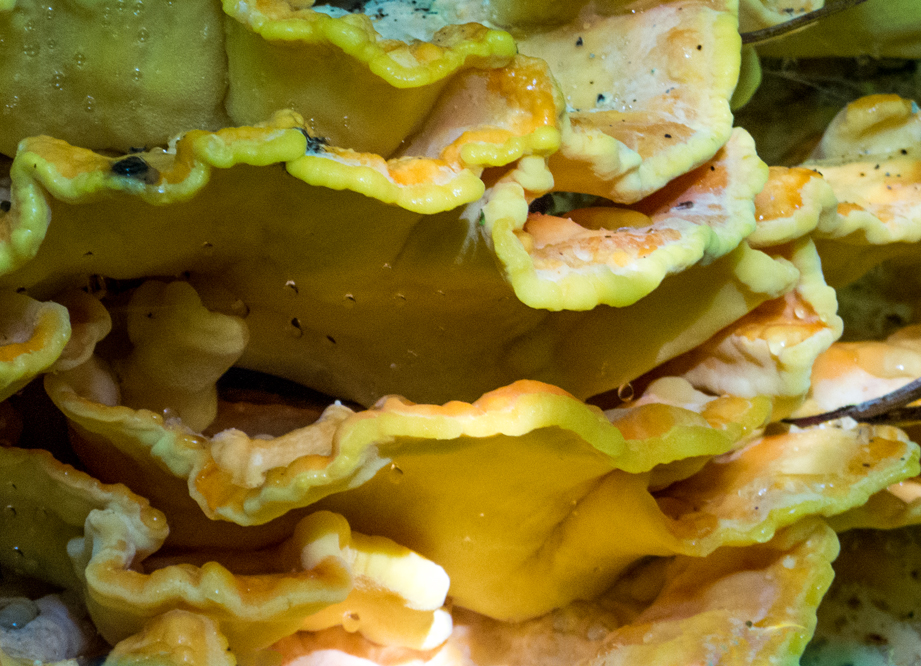
Along the edge of the railway line there were a few bramble leaves left from last season, but they had turned fantastic colours and were glowing in the sunshine:
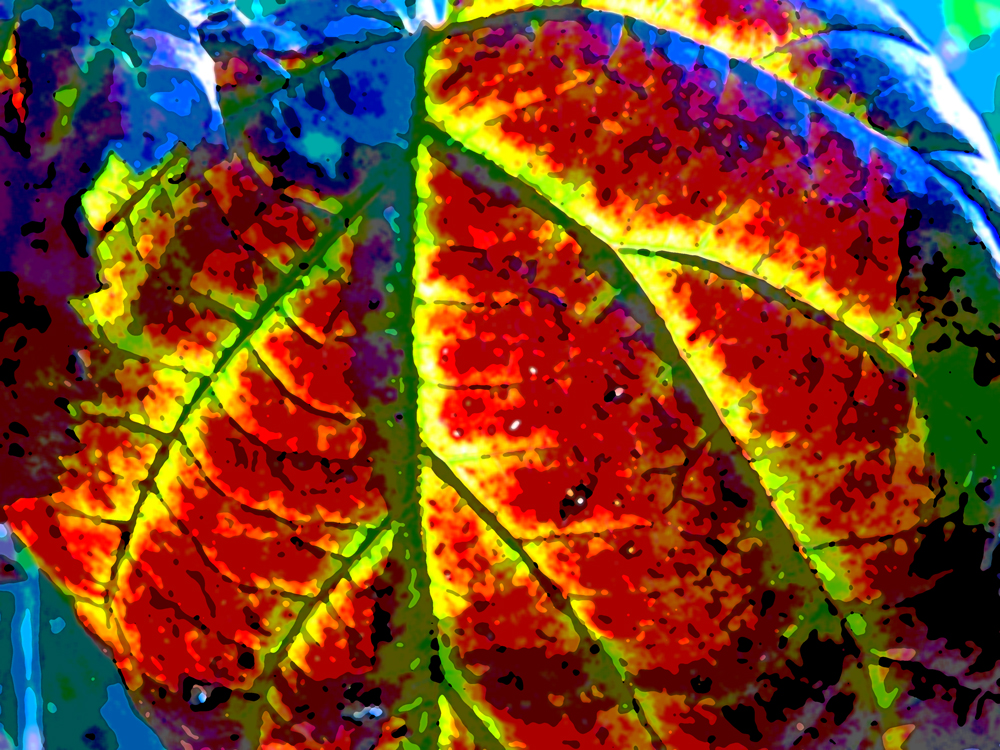
The green alkanet (Pentaglottis sempervirens) was also rich in gorgeous powder-blue flowers:
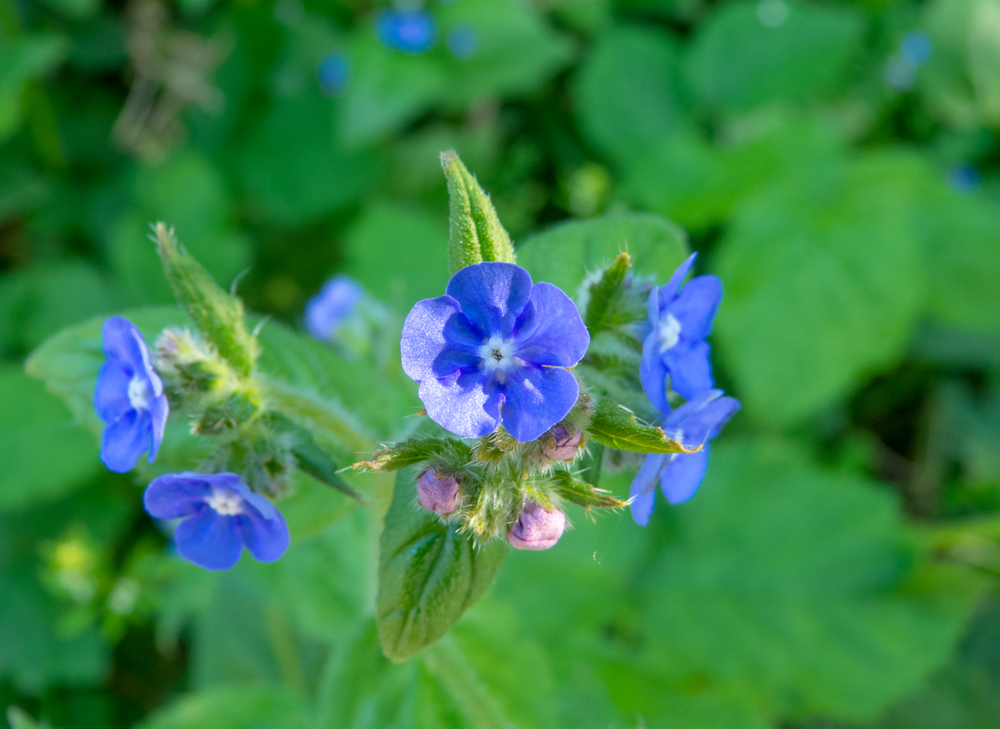
Walking up towards Asda, the coppery leaves of the roadside bushes (are they some form of elm?) were also catching the sunlight:
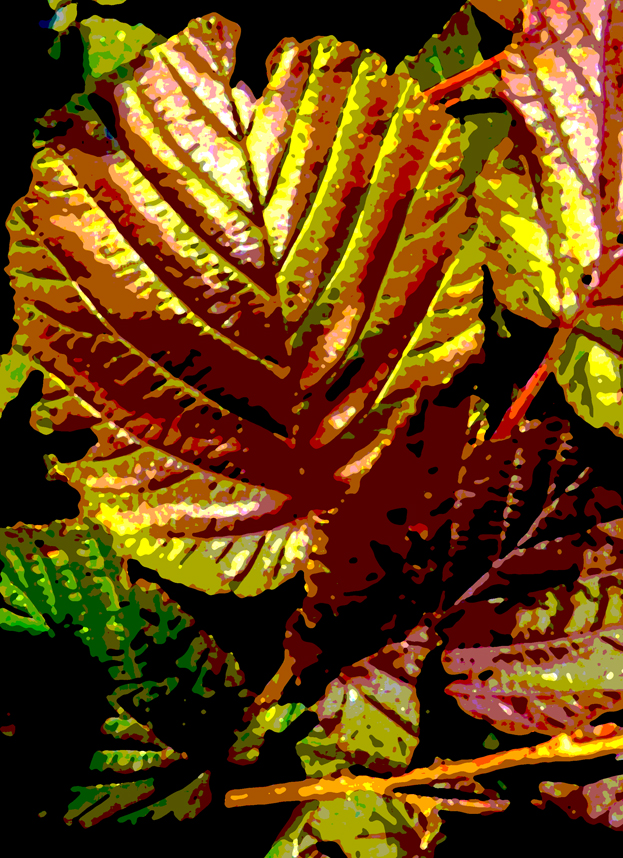
Then at Asda I watched an entertaining scene where a crow has taken up residence in a tree within the car park and clearly regards any car which parks under that tree as an inalienable part of its territory, loudly declaring the fact and chasing off any birdlife with the temerity to even think of approaching the said car. I’ve watched this crow for several days now, and it doesn’t matter what sort of car – it just needs to be under that particular tree. Very amusing:
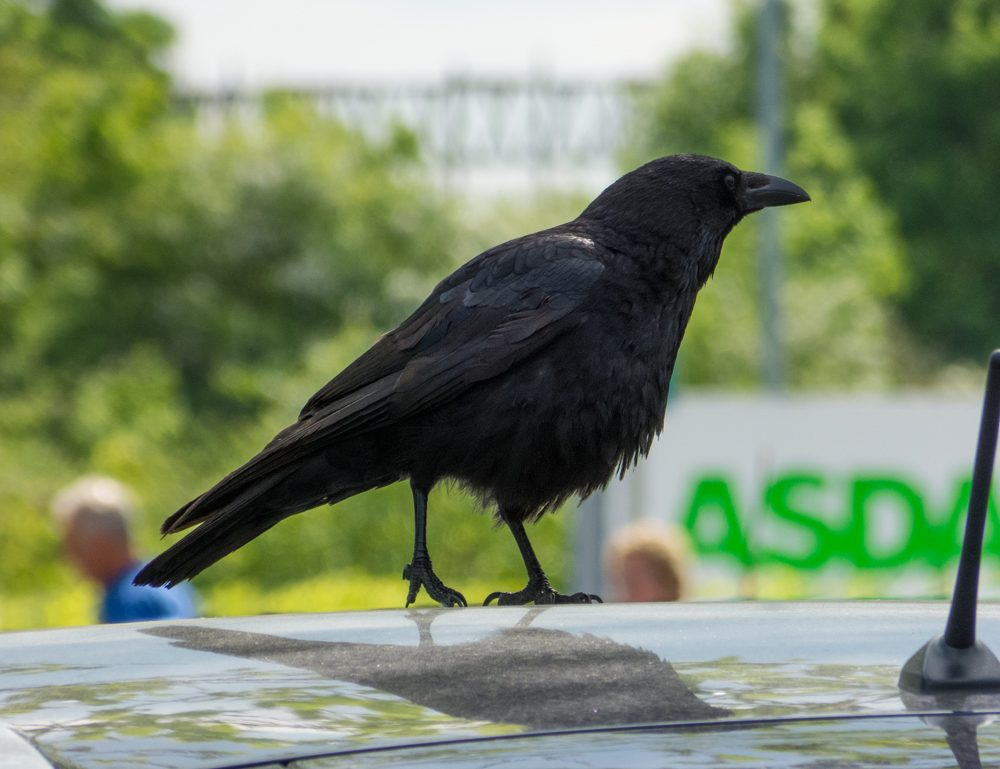
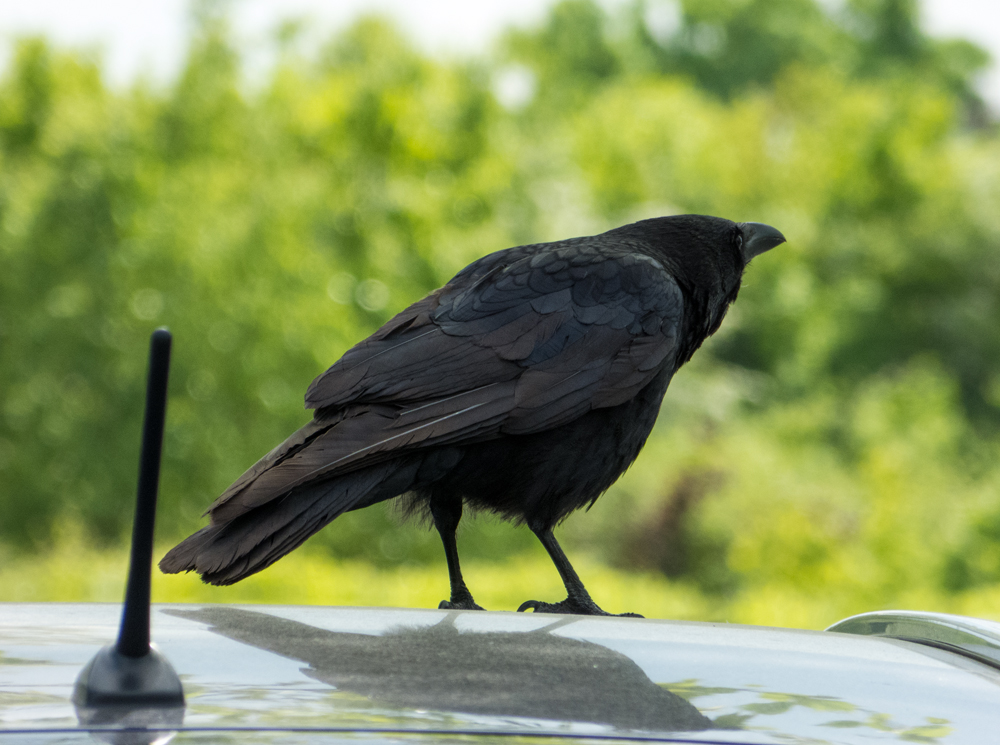
What the Commuter Saw : Thurso to Colchester – 13 May 2016
I promised to post pictures of the return journey from the Thurso workshop, but there were so many (given that the journey through the far north was this time in daylight) that it’s taken a while to sort through them. A Bank Holiday is the ideal time for doing that – especially when the weather outside is so grim (click on images for full size – browser back arrow to return).
We should, of course, start in the Flow Country and see something or our study site, so here it is, hemmed in by windfarms. To the left is the large summit of Morvern and the low ridge of Scaraben, while to the right are the twin peaks of Ben Griam Mor and Ben Griam Beg (of which more later):
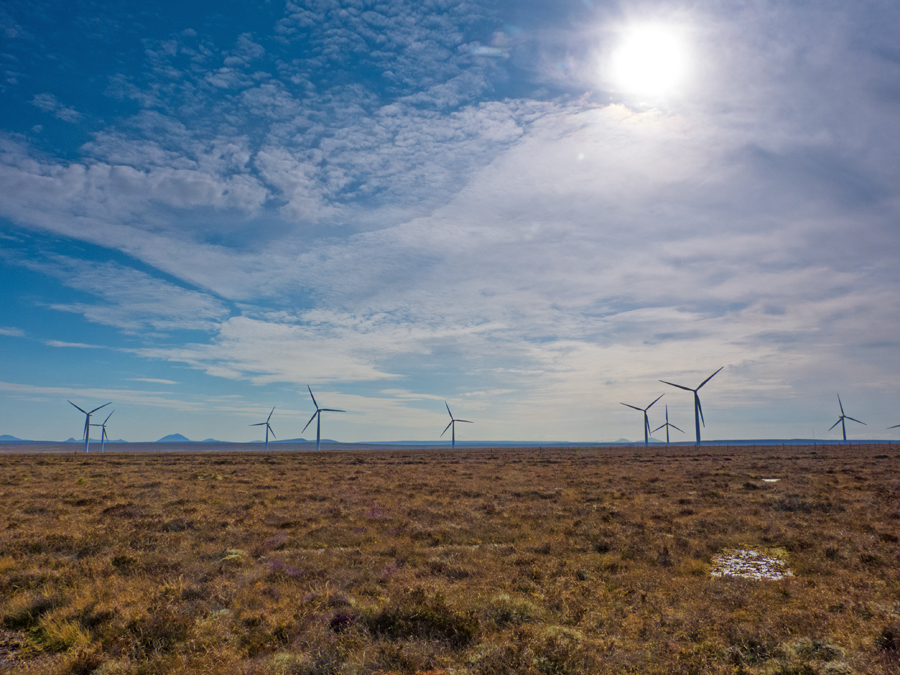

Working in the far north (level with John o’Groats), it’s as well to be aware that the weather can change in minutes. This bank of high cirrostratus nebulosus and cirrostratus fibratus heralded a dramatic drop in temperature and a scramble from shirtsleeves to thick warm windproof clothing as we took the last few samples of the day from the bog:
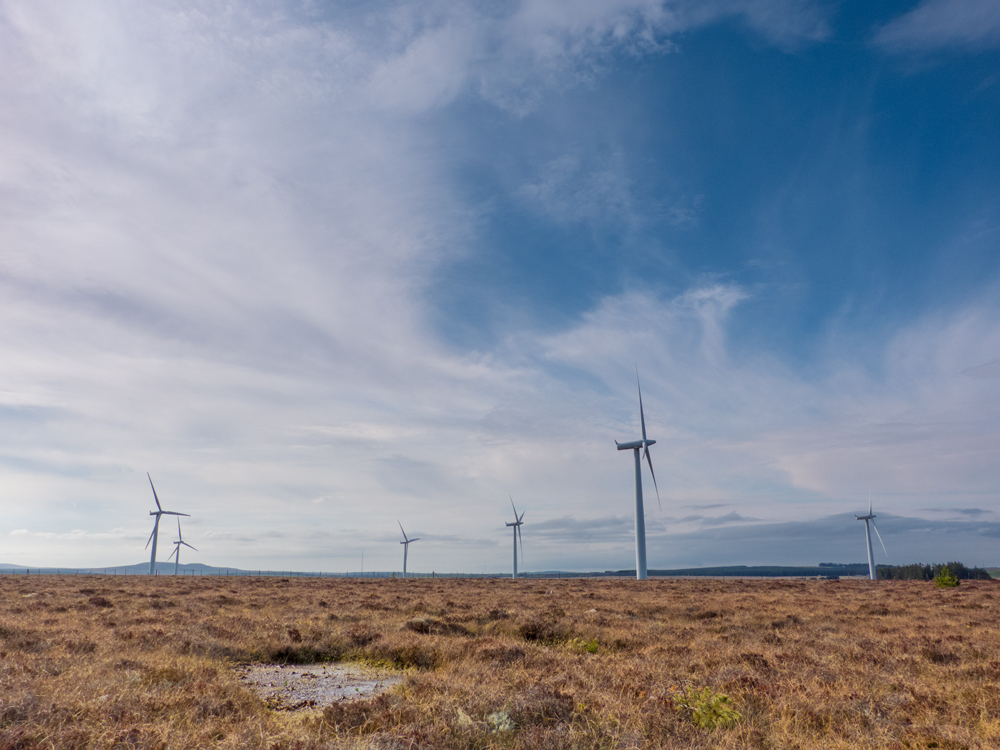
Leaving my little team to continue, I headed south the following morning, starting at the northernmost railway station in Britain:
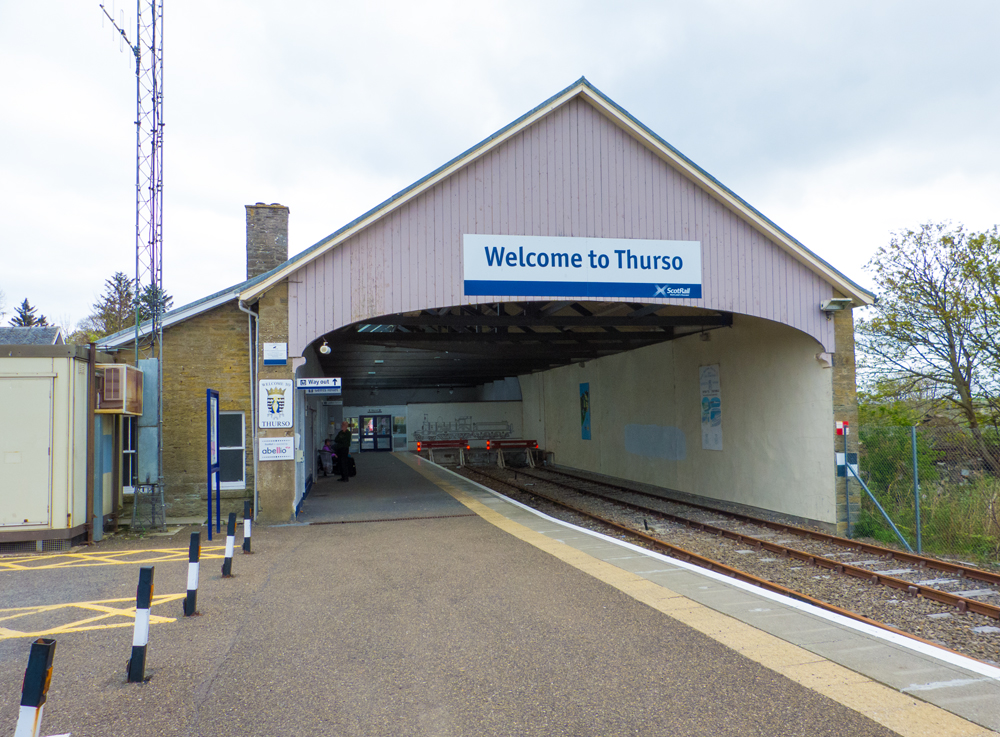
The sky was looking pretty ominous by the time we departed Thurso and I was concerned that it might mean that I would have 16 hours of grey landscapes and skyscapes to photograph:
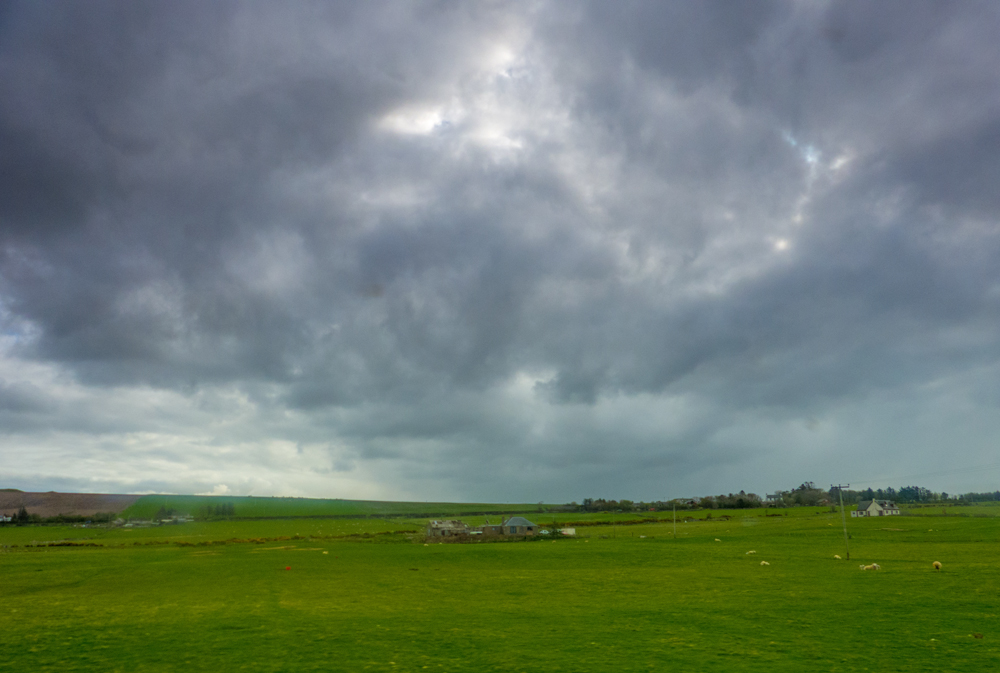
Fortunately things started to brighten up as we passed from Caithness into Sutherland, weaving our way through the various forestry plantations planted on the peatlands during the 1980s (and now being removed, sometimes by the same contractors who planted them, because it is recognised that the whole Forestry Grant Scheme was a mistake):

The train station at Forsinard, in Sutherland, is both the train station and the RSPB Information Centre. The RSPB has been one of the most active bodies in the restoration of the peat bogs from the afforestation of the 1980s. They have felled and begun restoring huge areas (although these are still small compared to the total area that was planted):
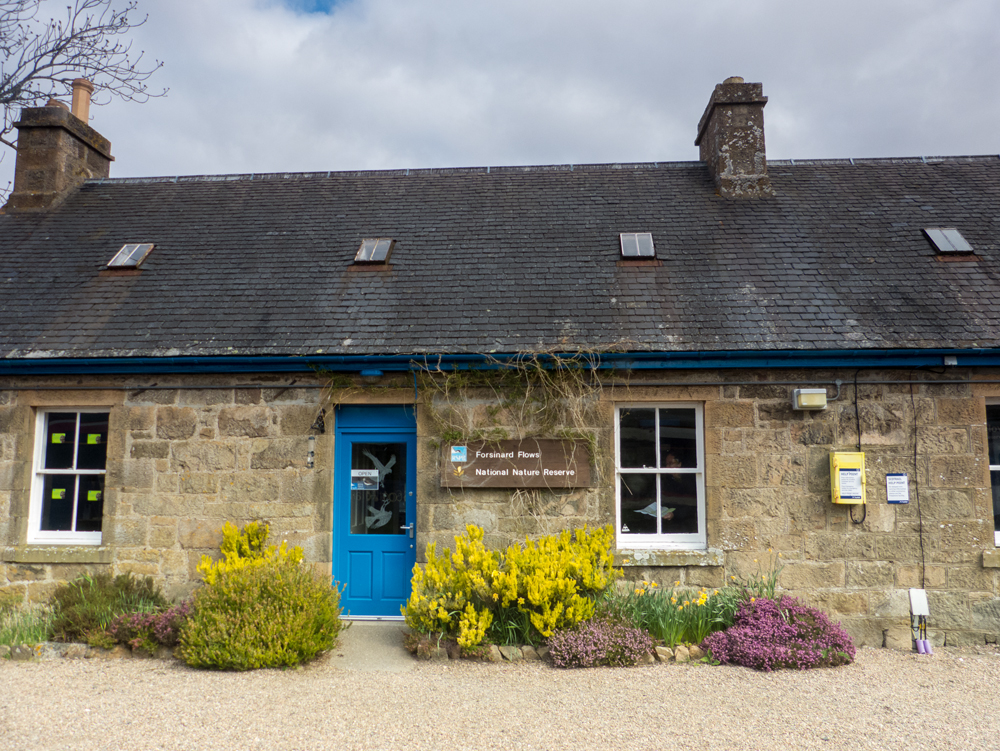
To promote and display the bogs to best effect, a Flow Country consortium has constructed a Viewing Tower which allows visitors to view the patterned peat bogs from above. This is an inspired move because it is, quite frankly, almost impossible to appreciate (or even see) the quite dramatic patterns which characterise these northern peatlands. Simply to find our way around in them, we have to use aerial photographs because it is possible to walk right past a major area of pool patterning without realising, so low-relief is the structure of the bog surface, and it is quite impossible to see the nature of the pattern without viewing it from above. The Viewing Tower allows a bird’s eye view, and in some weird way this remarkable piece of architecture blends into the bog landscape. It’s just possible to catch sight of it from the train:
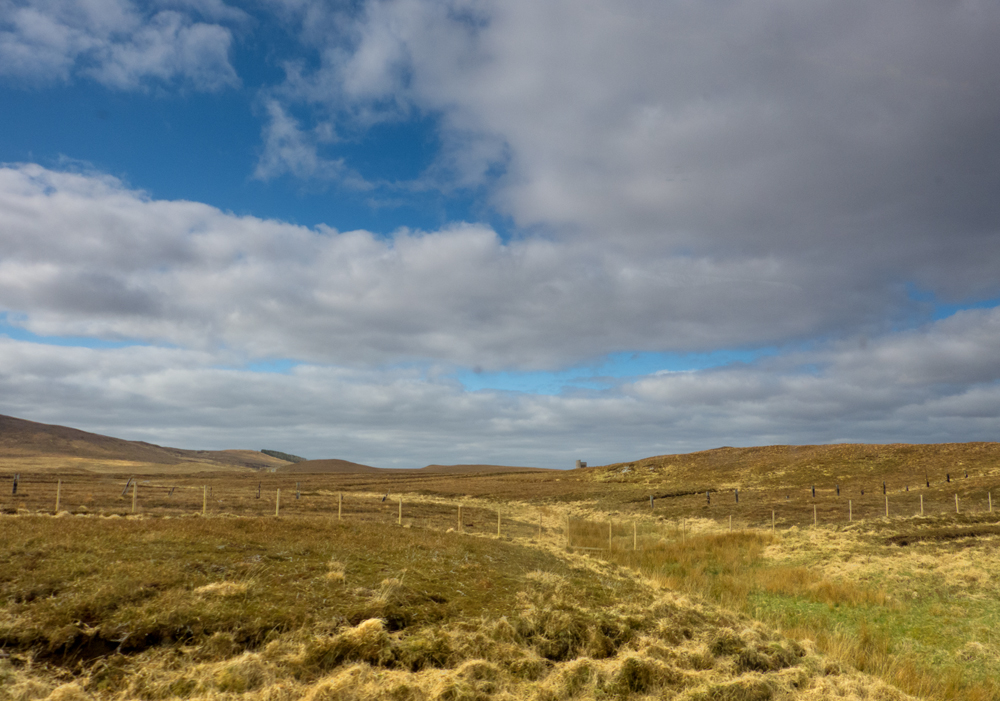
Travelling south from Forsinard, the train passes through one of the remaining un-afforested blanket bog landscapes, a huge peat-dominated plain broken by the twin peaks of Ben Griam Beg (to the right) and Ben Griam Mor (in the background):


Some considerable time later, the train emerges at the coast at Helmsdale:
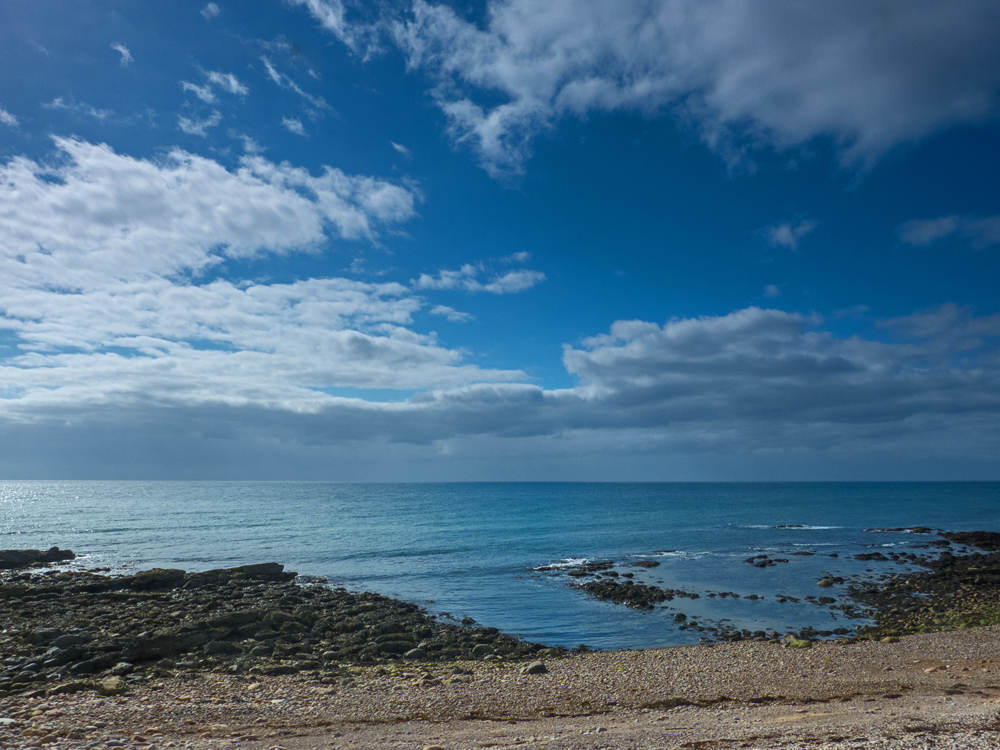
There is then a very long and winding journey round most of the firths which massively indent this eastern coastline. Having swung all the way inland to Lairg, the line finally swings back to the coast and crosses the Kyle of Sutherland at Invershin:
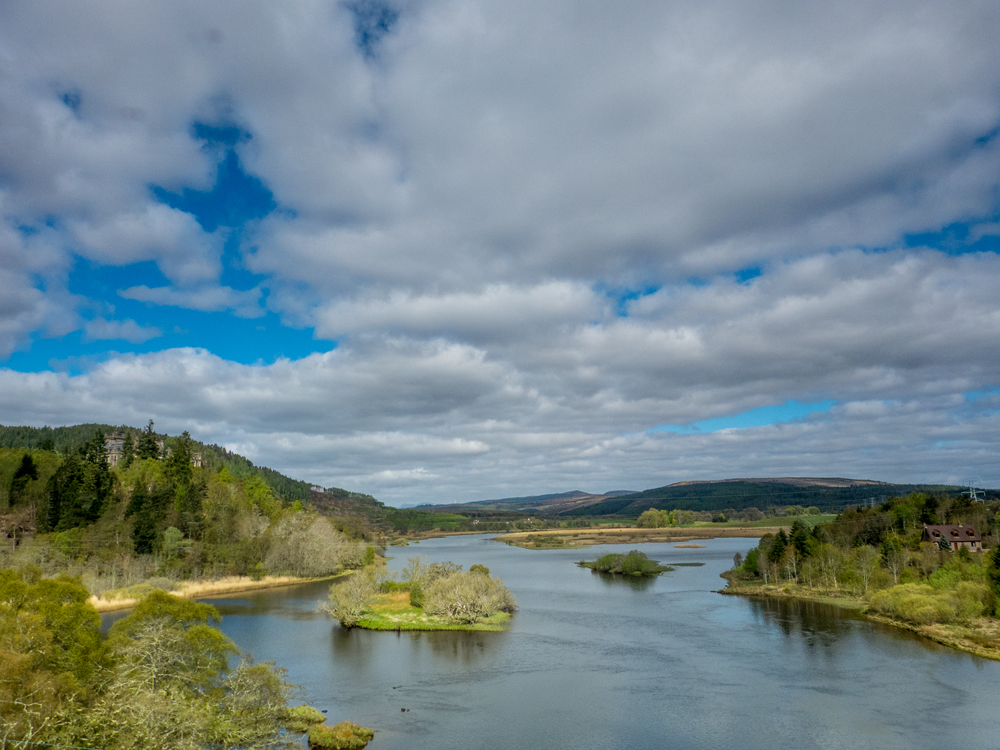
After that the landscape becomes softer as the train wends its way along the coastal margins and through the agricultural lands to Inverness:
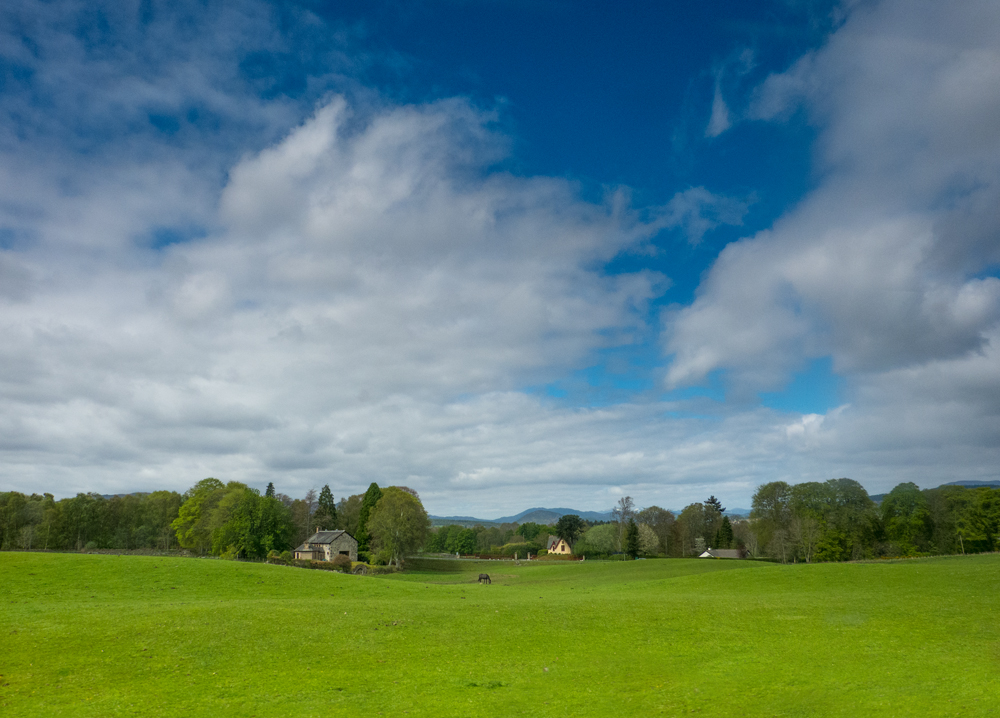
Departing Inverness, I was overjoyed to discover another bunch of drunken lads clutching boxes of lager staggering onto the train, so I quickly hopped into another carriage. One journey like that on this trip was enough. There were therefore high hopes of some good views as we headed south to Edinburgh. Unfortunately, the lady in charge of the catering trolley took to sheltering near the doors with her trolley from the drunken lads next door whenever she could, which rather closed off that option for everything facing west. The Cairngorms, however, were to the east, so a few shots were obtained, but alas the stunning view from Dalwhinnie of snow-covered Ben Alder looming over Loch Ericht was not:
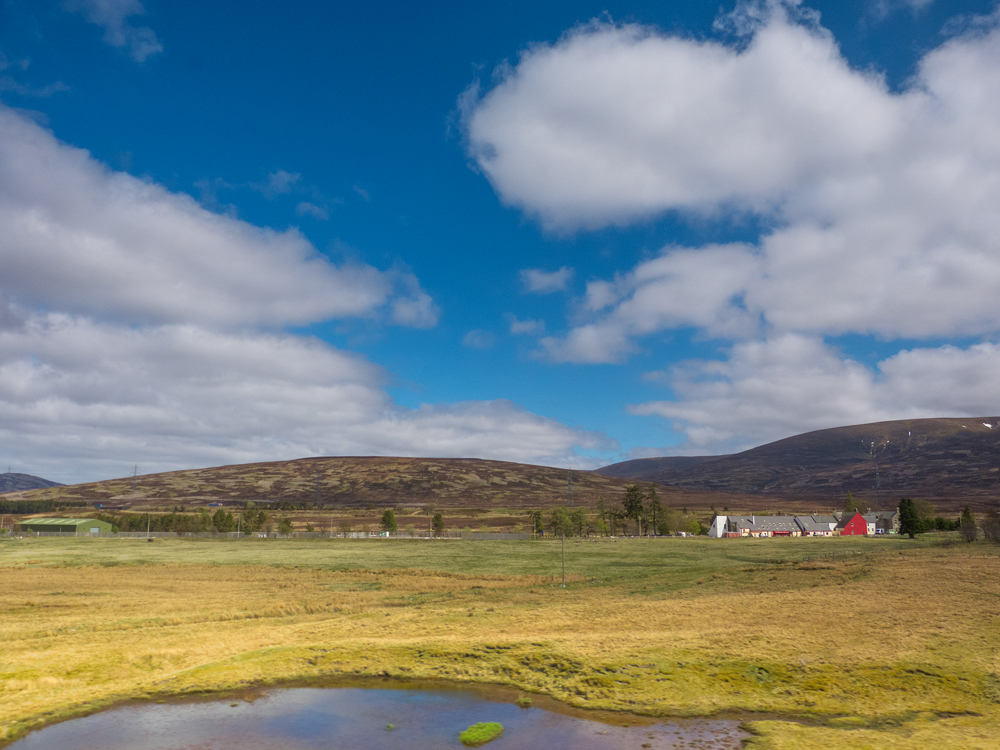
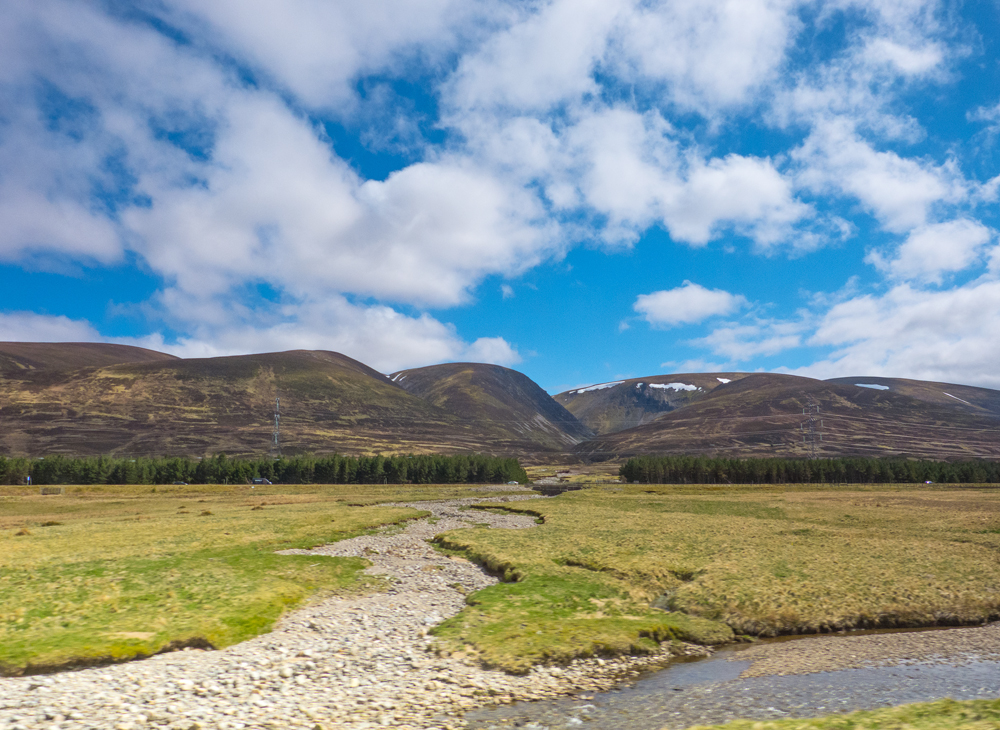
I did get this, though, which I think is Glen Garry:
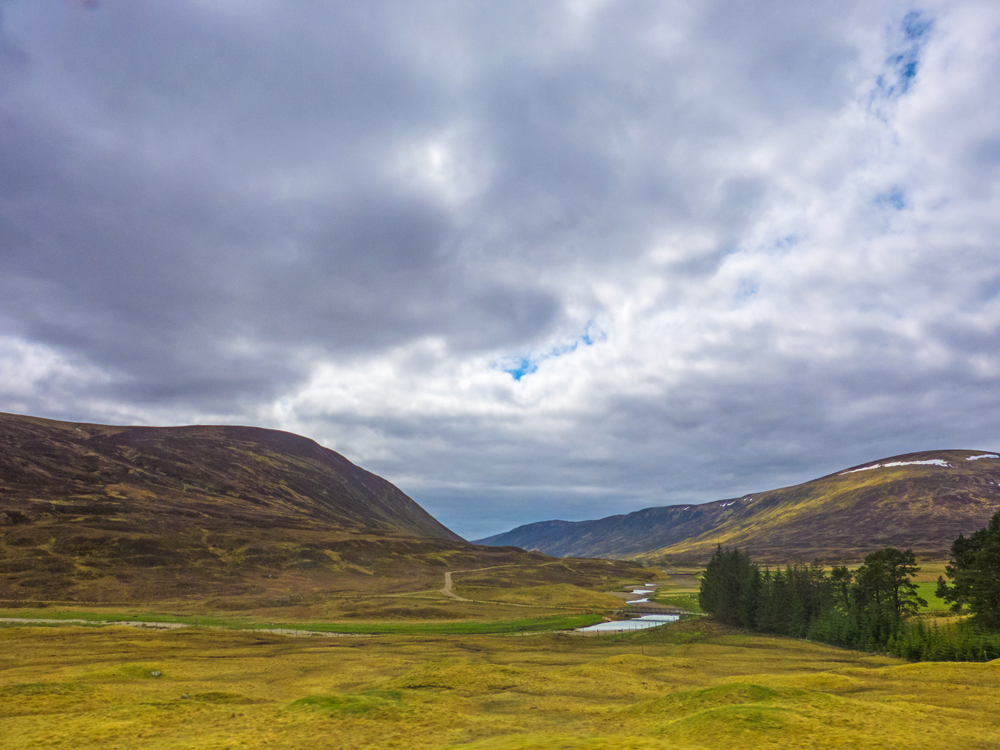
Passing over the Highland Boundary Fault between Pitlochry and Perth, the line slid gently into a wholly agricultural landscape which (apart from the distant hills) could have been anywhere from Northumberland to Essex:
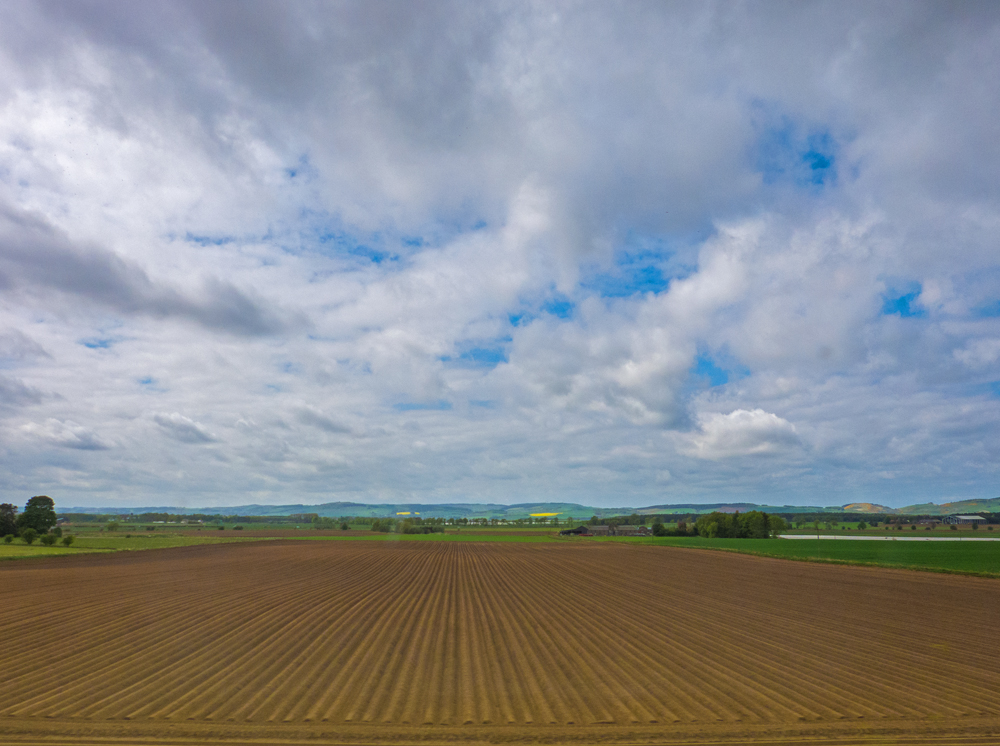
The rape fields look the same wherever they are (this is close to Edinburgh):
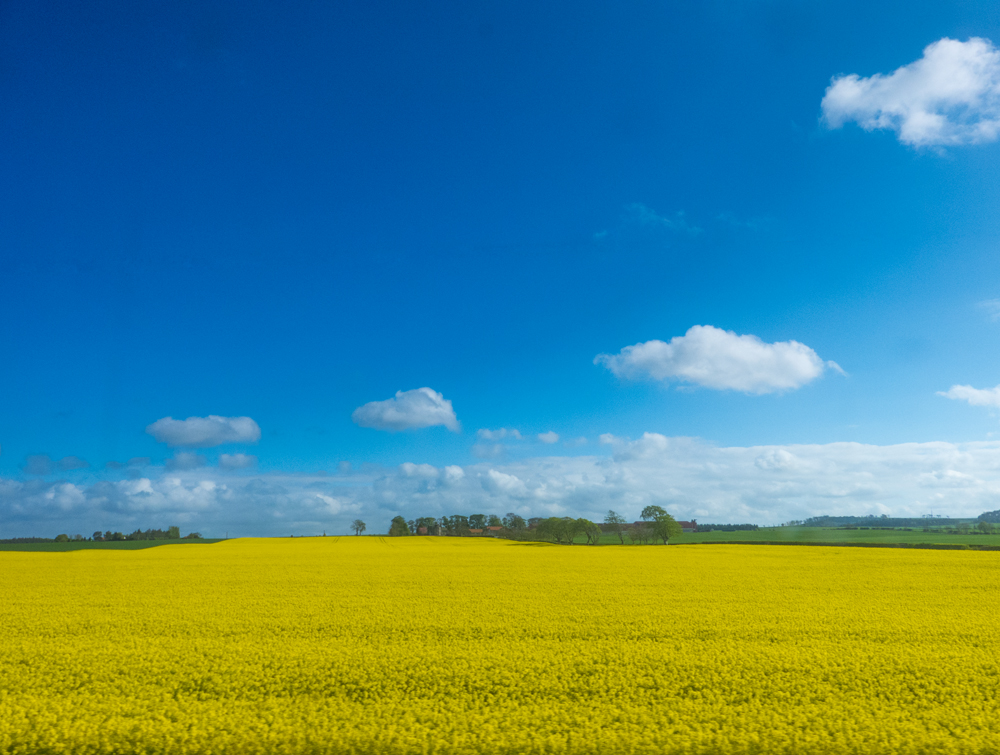
Then heading south from Edinburgh it was clear that a great deal of ploughing going on, much to the delight of the gulls, feasting on worms and grubs:
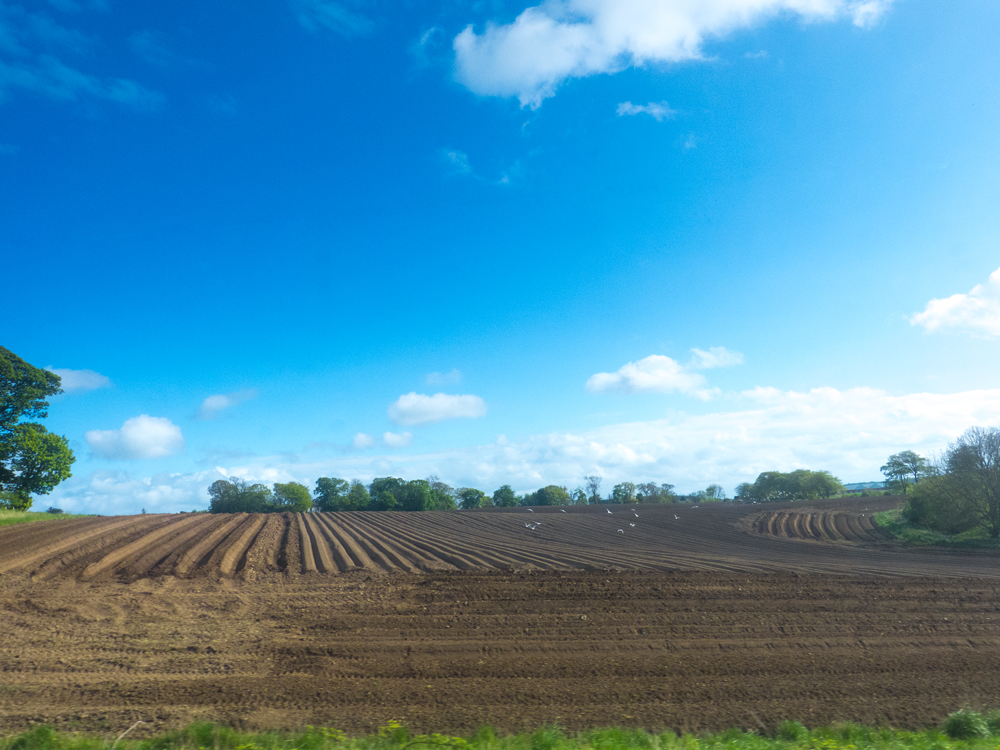
Heading south towards Peterborough for the final leg, via Ipswich, then home, the light slowly faded over the fields as they whirred past our Virgin East Coast Pendolino train:
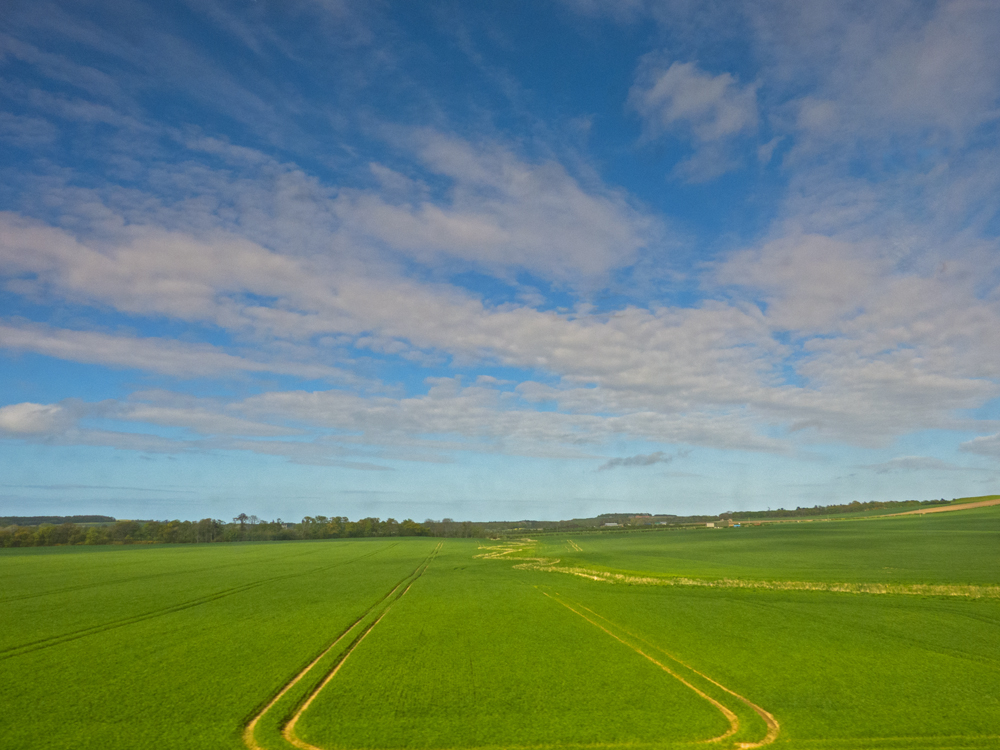
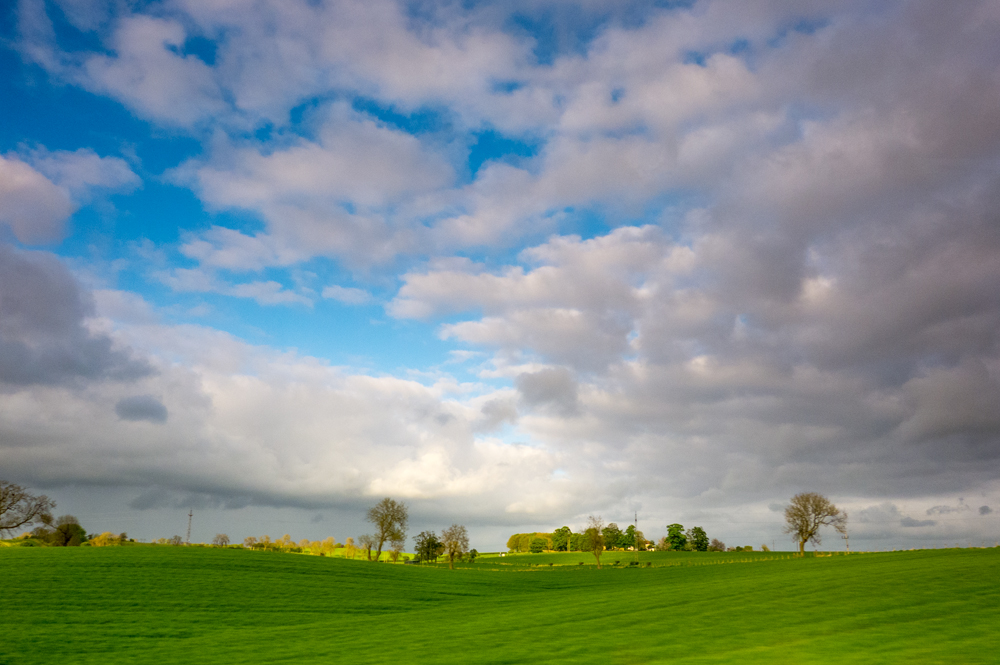
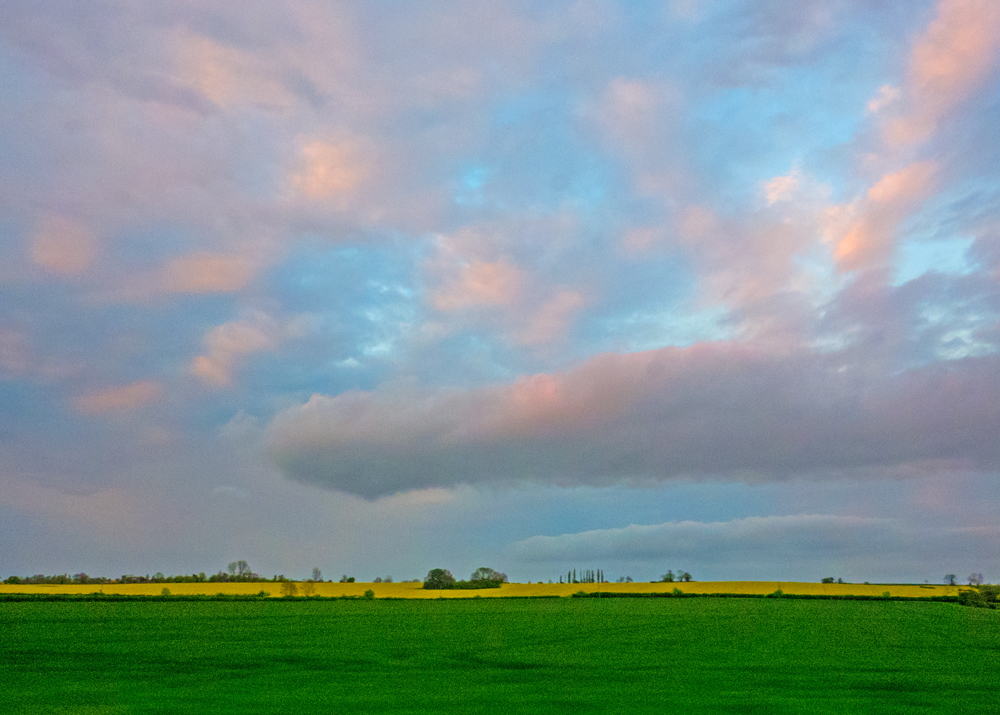
Myland wildlife, Colchester : 28th May 2016
A gentle and short walk down to Asda this morning (for haircut…) produced no end of wildlife – provided you are prepared to include plants as ‘wildlife’. It really does feel as though summer is on its way, with that slight haziness caused by dust rising in the atmosphere, cumulus just fading into the blue horizon rather than being hard white cauliflower heads, and everything busy as bees.
The first thing that caught my eye was the fact that the elder bushes are now coming into flower, their huge flat flowering heads forming essential platforms for a great many insects to feed, find a mate, or be eaten by passing birds. These white platforms will become dense sprays of black elderberries with magenta stalks in autumn:


It may not look much compared to a soaring buzzard or the riot of colour that is a goldfinch, but we swear by the berries from these elderflowers. While elderflower drink is extremely refreshing on a summer’s day, the tincture of berries (available as ‘Sambucol’ from Boots and Holland & Barrett, for example) seems to keep us largely free from the worst of cold and flu symptoms.
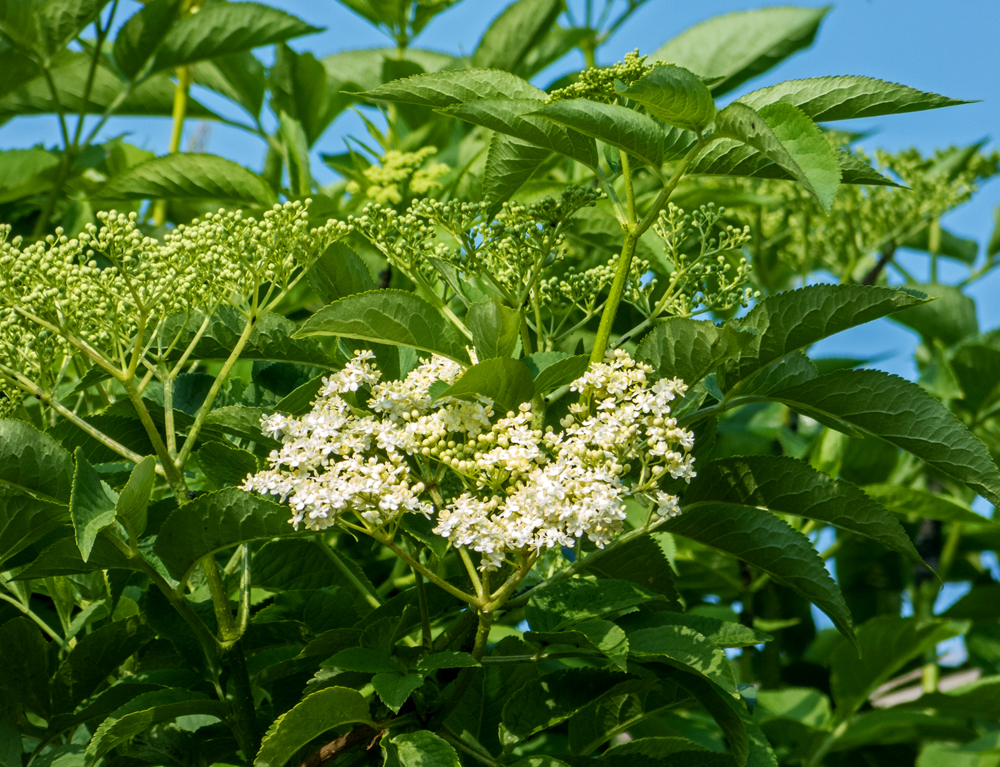
Then a strange sort of strangled, high-pitched great tit call from a nearby birch sapling attracted my attention. I couldn’t think what it was until I spotted… – a great tit fledgling calling to its parents for food – and they obliged:
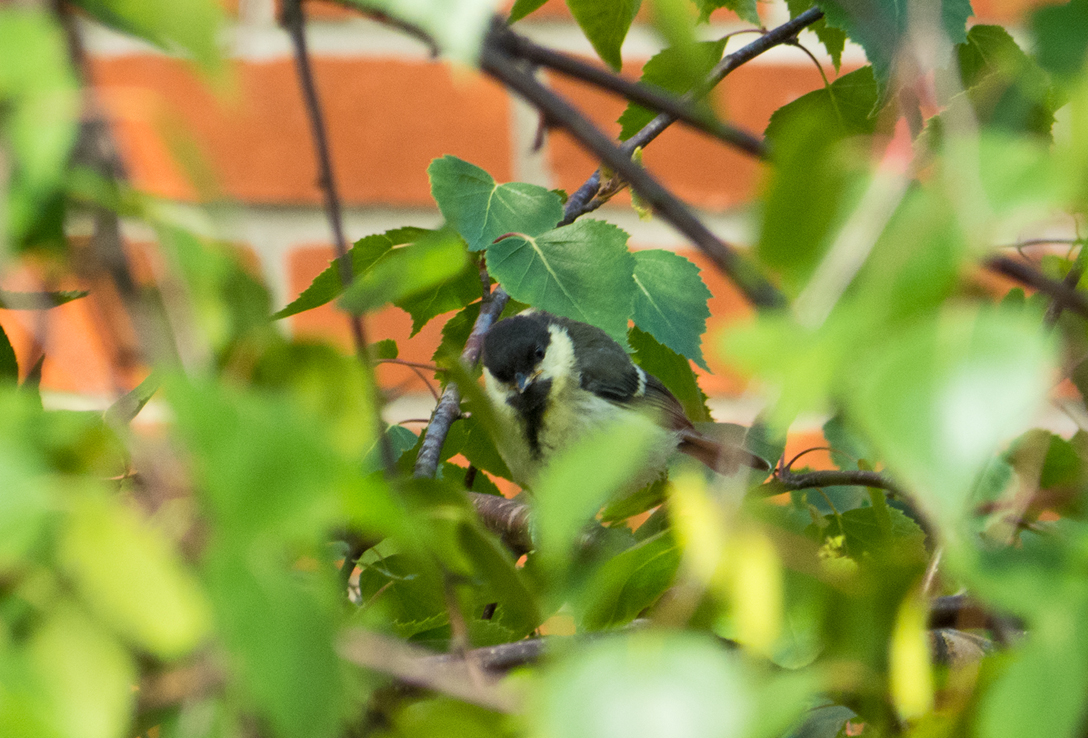
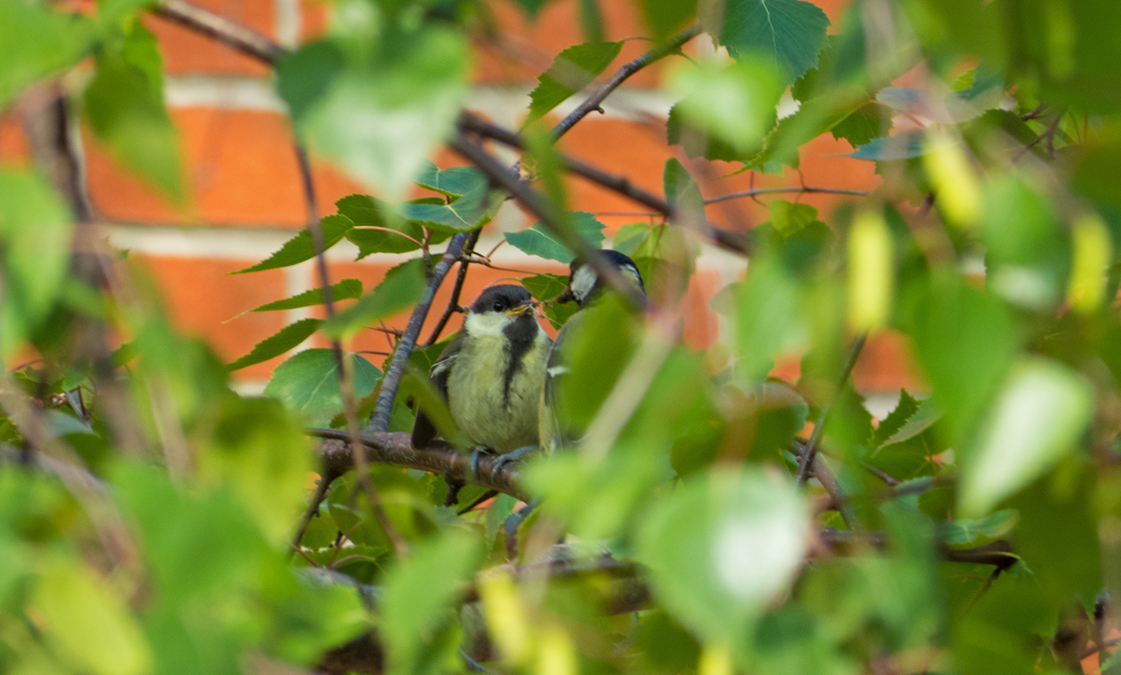
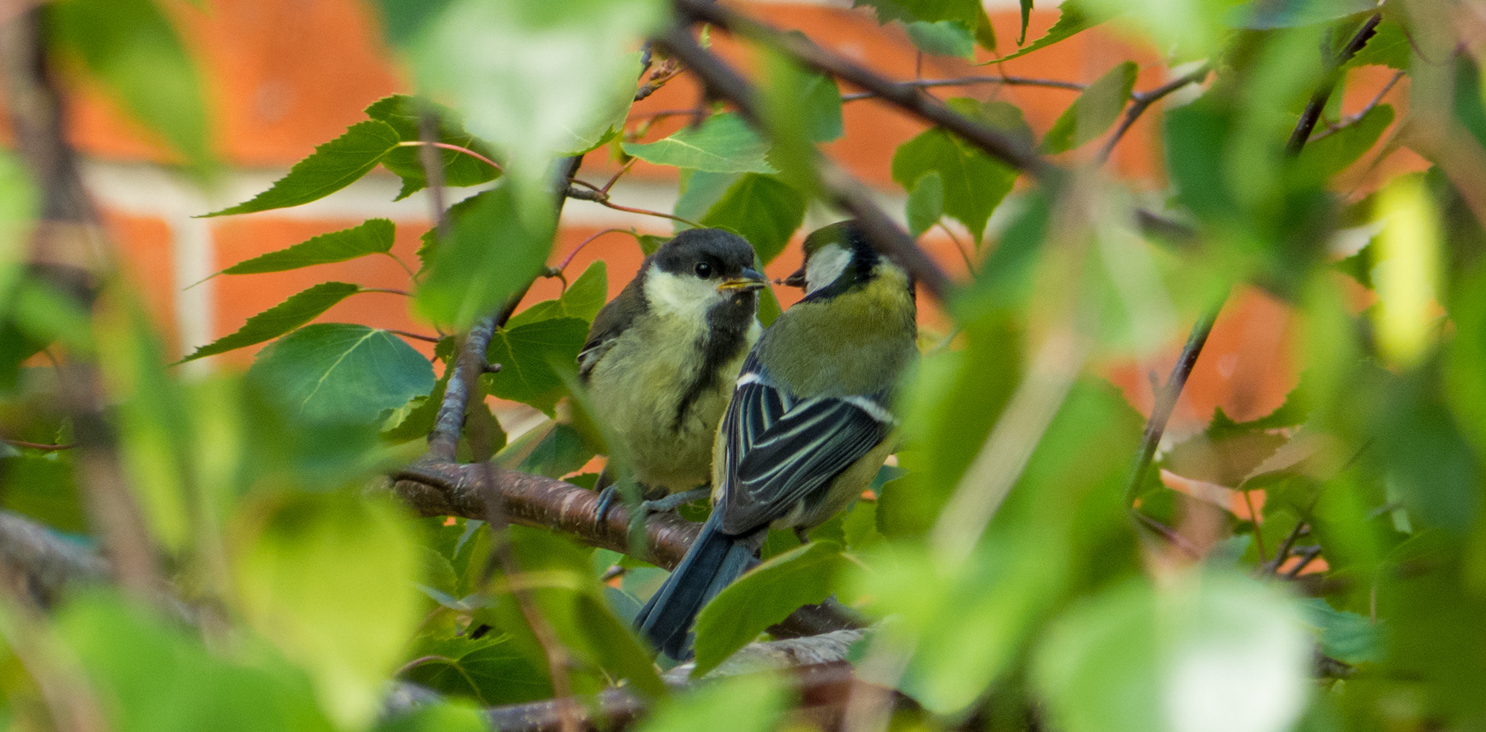
Having been fed, it set off to explore the word around it a bit more:

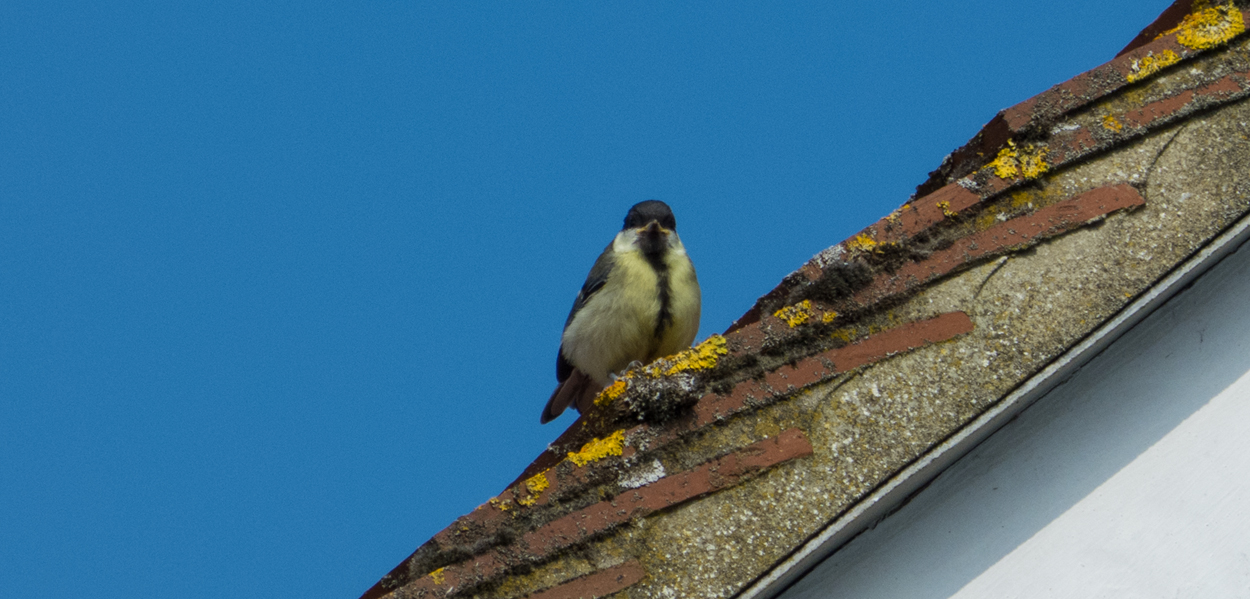
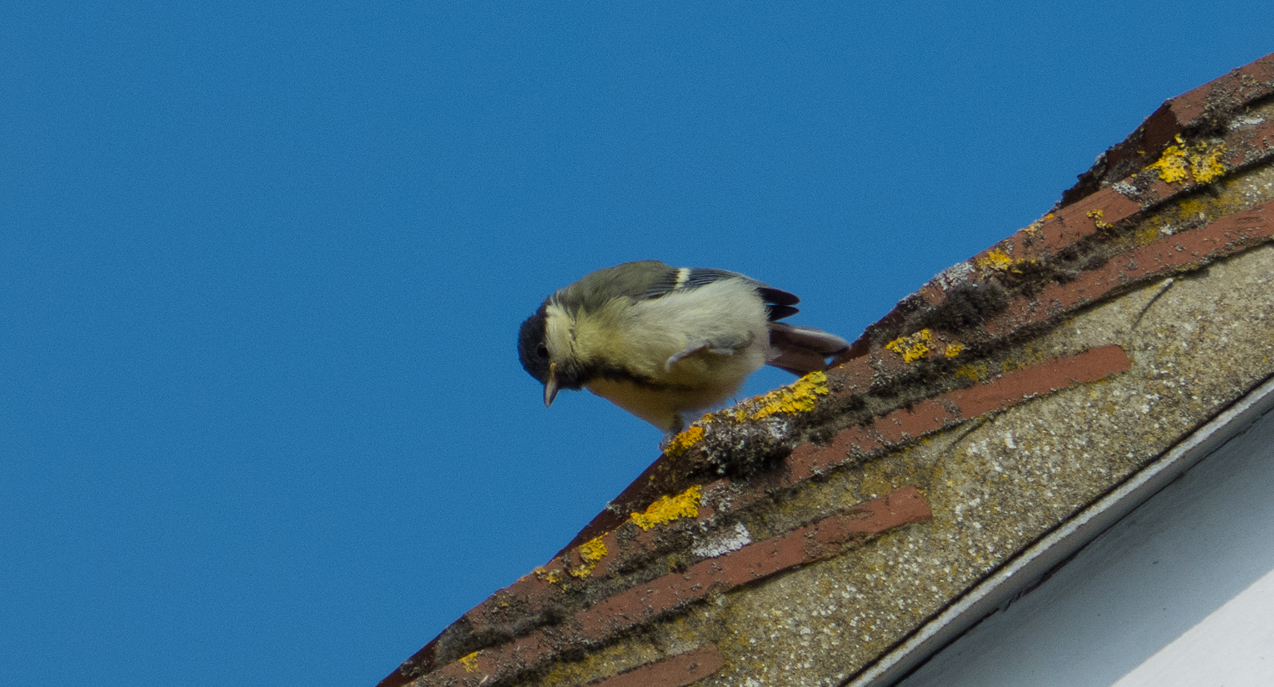
There were a great many alarm calls as I came to the little ancient pathway (now made largely redundant by a tarmac pathway the other side of the hedge):
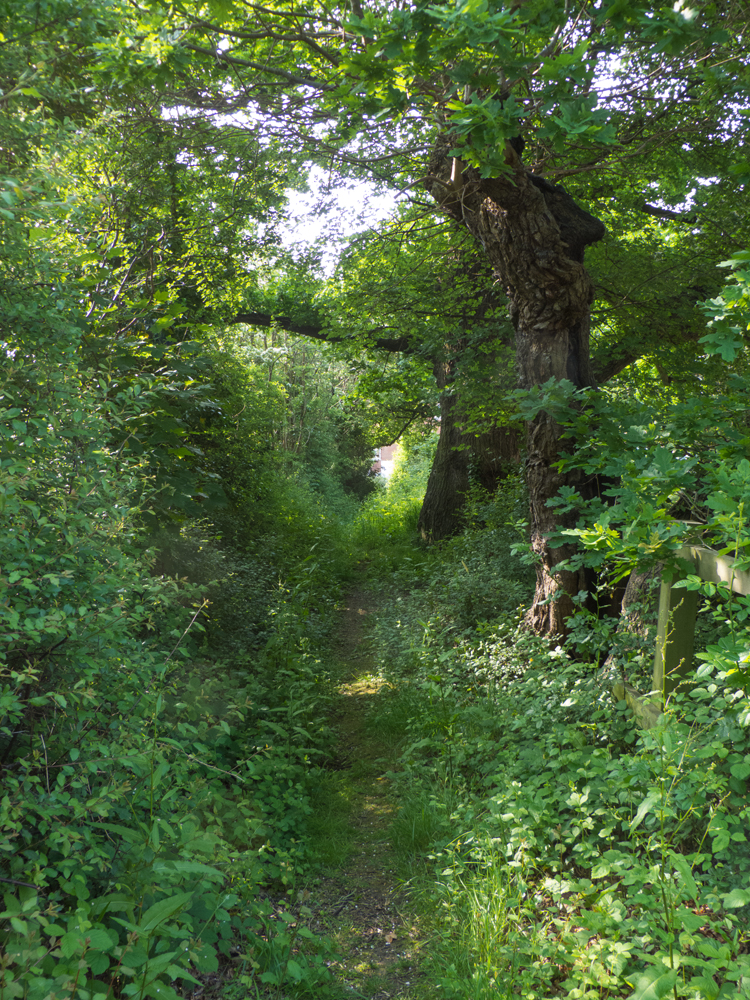
It soon became obvious why. Just along this 100 m stretch, the local hunting population was prowling:
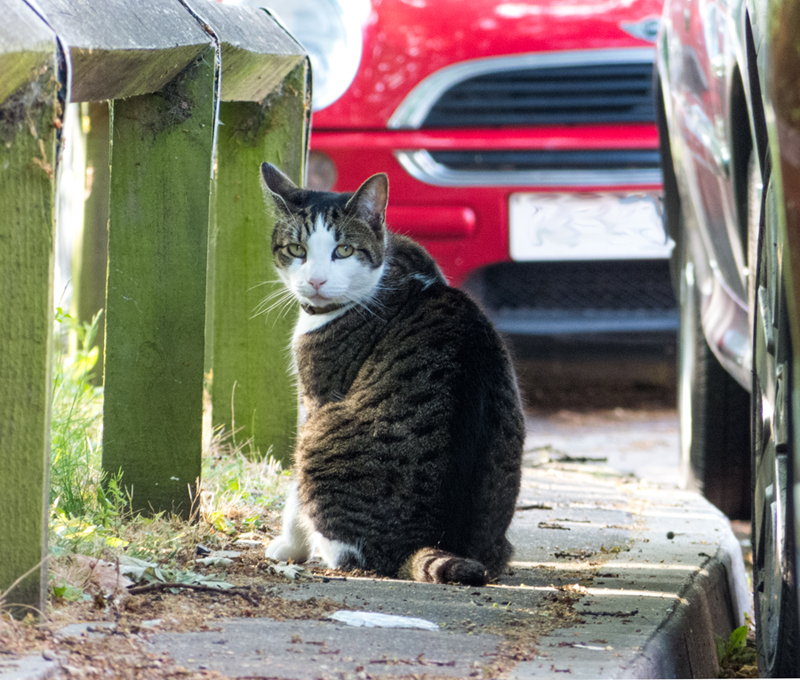
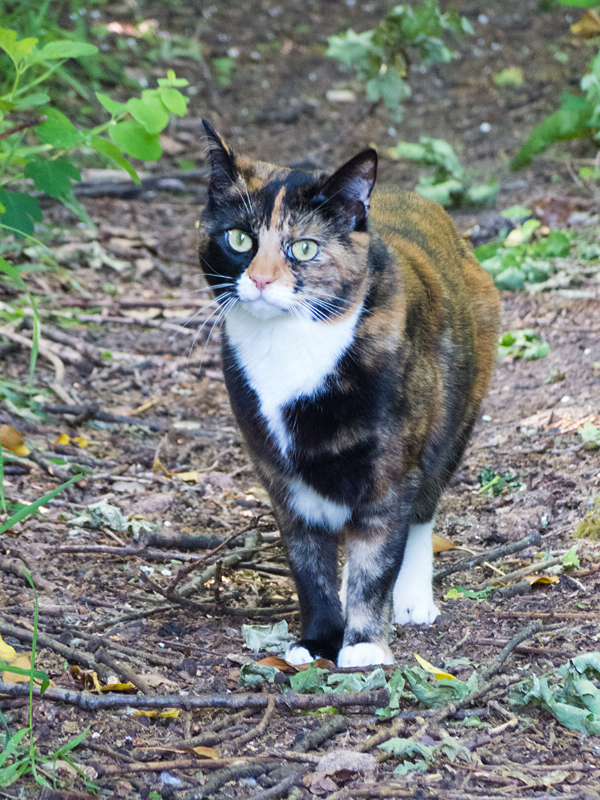
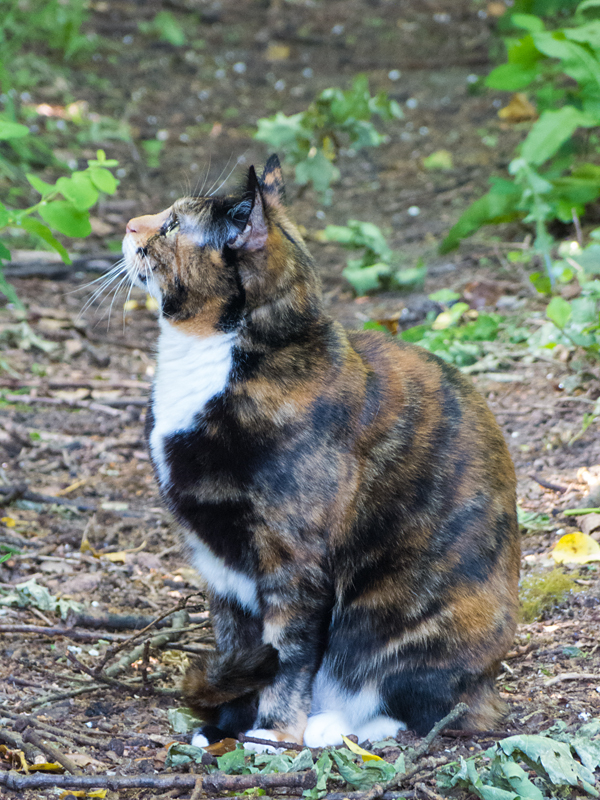
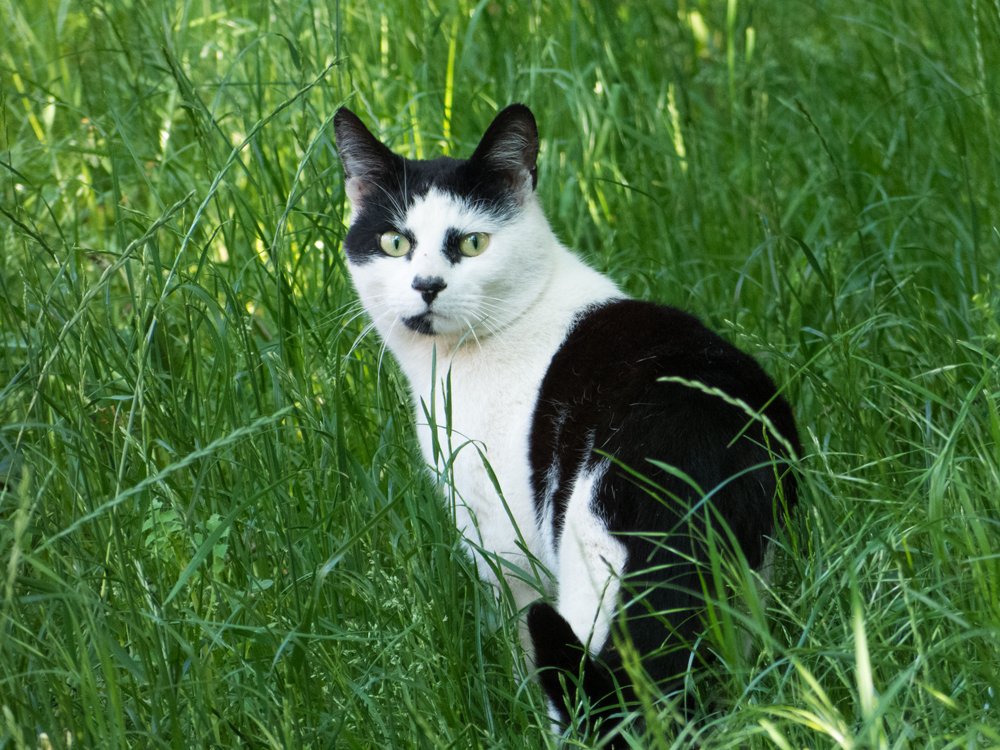
In the woody shade of the ancient pathway there is a surprising variety of plantlife, including wood avens (Geum urbanum) now fully in flower. After flowering, the seeds have large hooks which catch in the fur of passing animals and so are spread more widely:
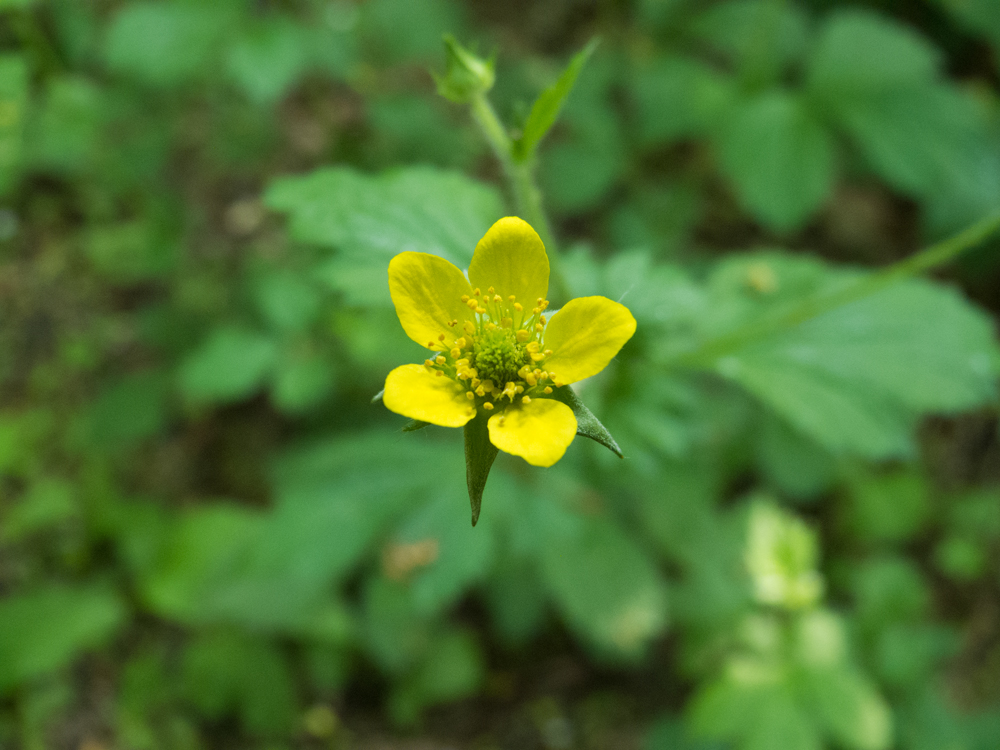
Some of the oaks along this ancient way are quite incredible in their gnarled and hollowed-out old age. This one still has a largely intact trunk, but the tangled form of the branches above a huge stump suggest that it has had a long history of pollarding:
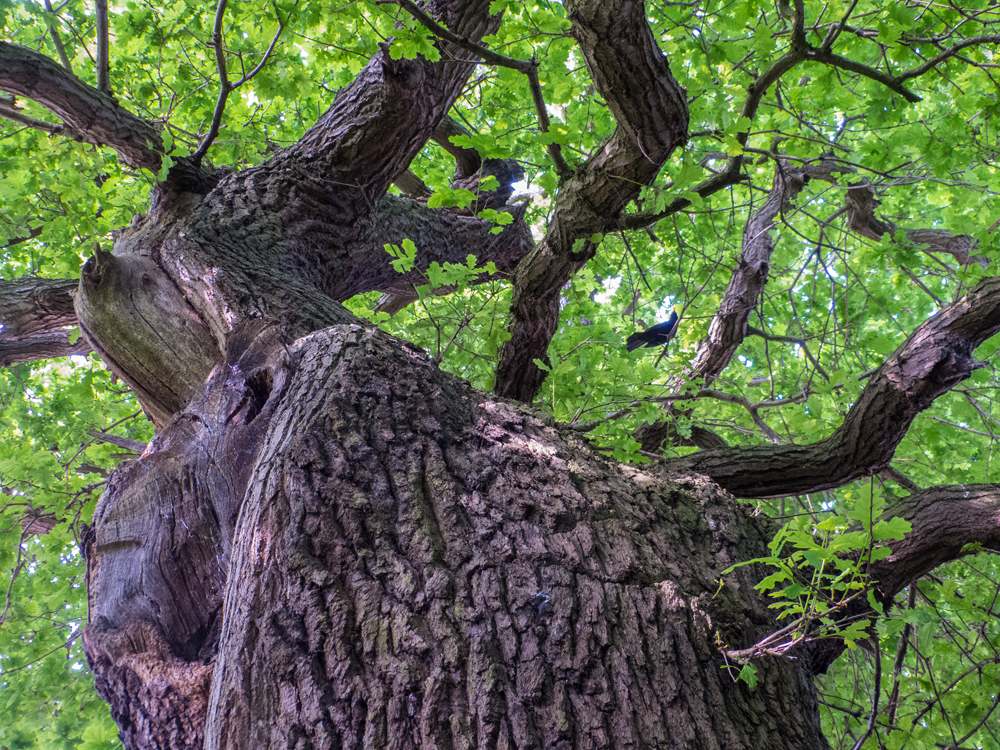
Emerging from the ancient lane I spotted a blue tit performing acrobatics under the eaves of a block of flats, probably looking for spiders and sleeping moths:
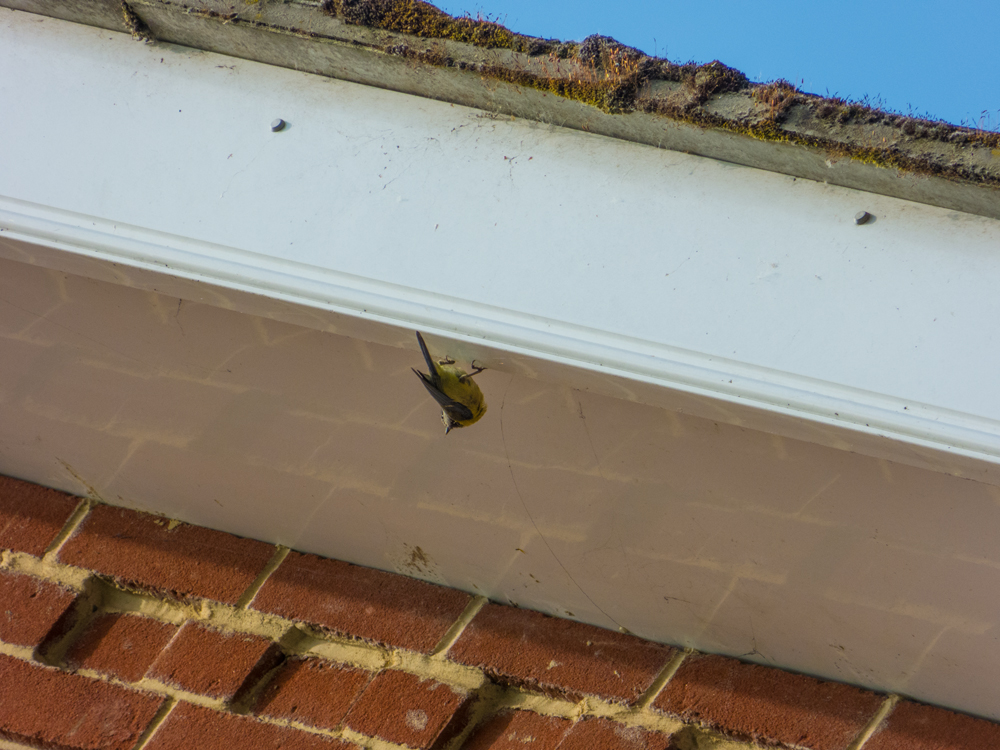
But then a little further down the hill I came across this wonderfully acrobatic magpie, doing the same thing:


Heading back up the hill after being shorn, I spotted this collared dove, obviously extremely proud of having found something exceptionally pleasing with which to decorate its nest:
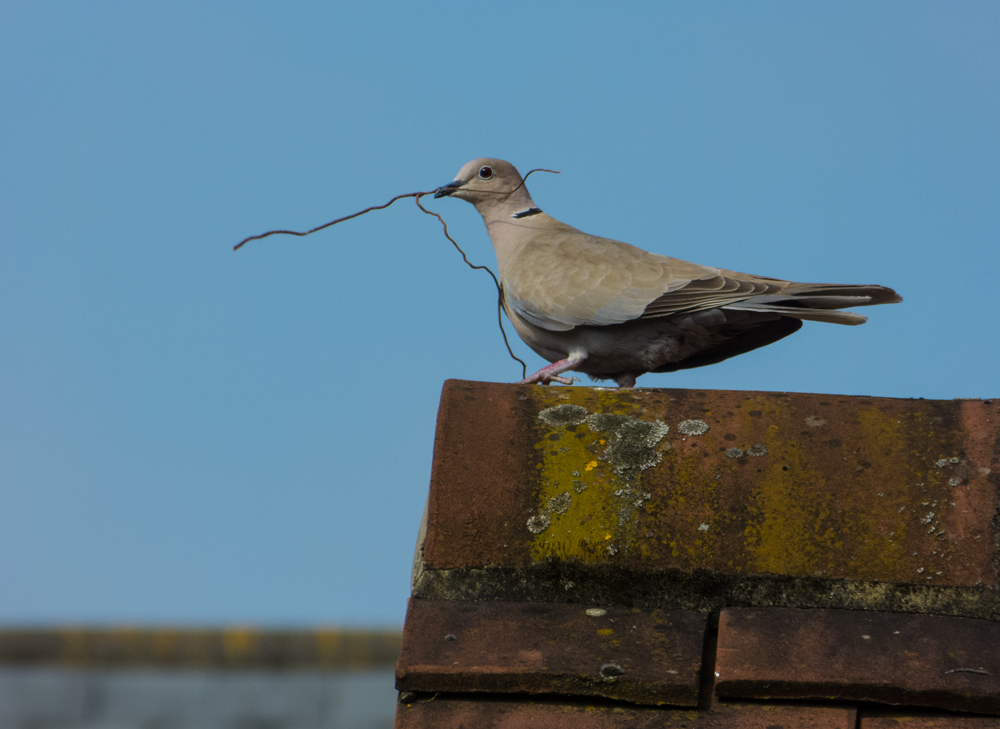
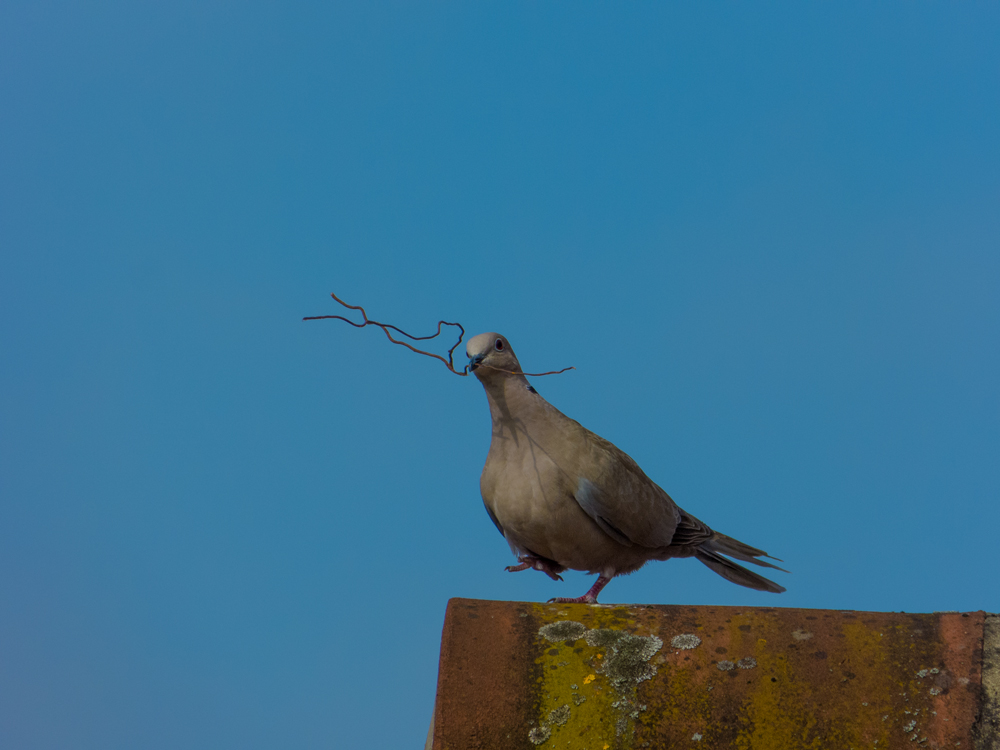
The poppies are also now in full flower – but their flowering is a brief affair because the petals are so fragile – which makes them even more suitable as an emblem of youth cut down in battle:
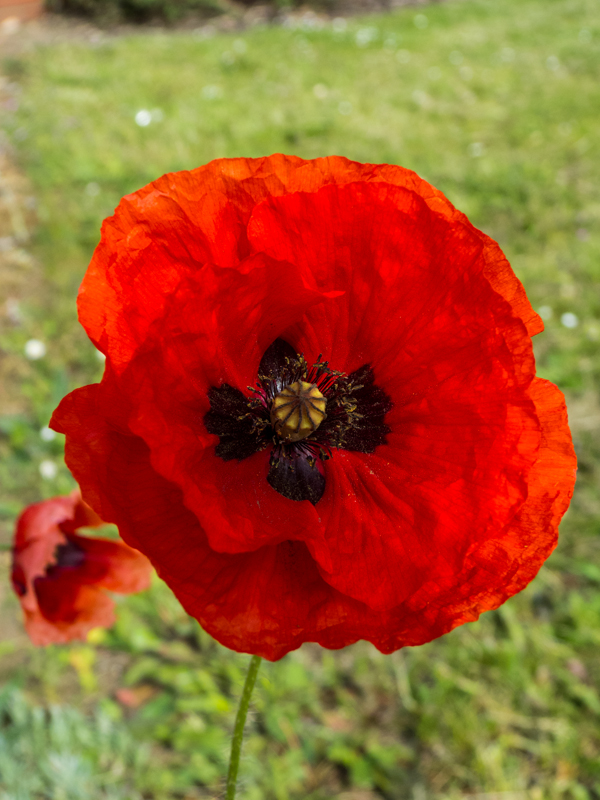
In the gardens, the ornamental roses are also in full bloom:
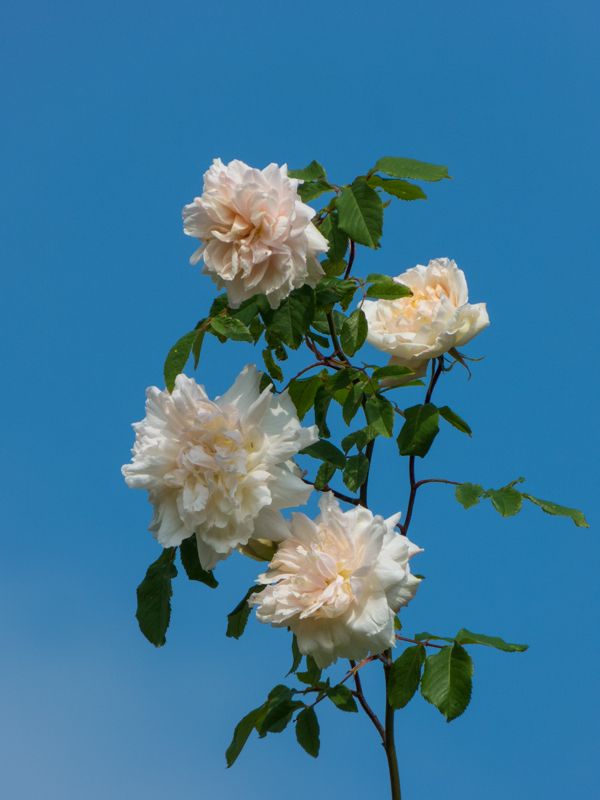
And so we glide gently into summer…
Now available – Merlin Magic
On this very day, 23 years ago, Dave Chambers and I set off into the early morning sunshine in a battered Belgian VW Golf, towing a tiny boat called Merlin. We were heading for Brittany, where we planned to spend the next month based in the Port Rhu Maritime Museum, Douarnenez, from where we would explore the Breton coastline – a coastline with a deservedly fearsome reputation. One flaw in this plan was that we had omitted to inform the Port Rhu Museum of our plan…
Dave intended to live on this boat with me for two weeks, then would head off to explore the Breton countryside for two weeks while Ceci came to to join me for a further two weeks on Merlin. Dave therefore had his own set of adventures in the argoat of Brittany…
You can now read about our collective adventures in an Amazon Kindle e-book. A further version should be available through the Apple iStore for use on iPads shortly, while paperback and hardback versions (with illustrations!) will be available through Blurb Publishing (and probably through Amazon) within a month or so.
It was a magical four weeks. I hope that you enjoy them as much as we did:

Caithness wildlife : May 2016
Two-day workshop based at the Environmental Research Institute (ERI) in Thurso, Caithness, and organised by the University of Nottingham to talk about remote sensing and peatland mapping. The early mornings and evenings offered the opportunity for wildlife watching.
To start with, the centre of Thurso was ringing with the calls of rooks nesting in the trees of St John’s Square. The young are already pretty much teenagers and are as hungry as wolves (click on photos for full view):


It’s extraordinary to see the bulging chin pouch of the parent just completely empty after feeding the young:


Afterwards the youngsters sit waiting for yet more. I was intrigued to find out where the food was coming from, and noticed that the parents kept flying north, to the coast:

I found all the rooks strutting round the beach along with several jackdaws, turning over seaweed for sandhoppers and things:

The kelp beds themselves provided some lovely shapes and colours – aided here by Photoshop:


Flitting about amidst the kelp was a redshank – and I suspect various turnstones but their camouflage is so good I just couldn’t spot them:

The oystercatchers, on the other hand, were hard to miss with their constant piping, flashy black and white wing bars and brilliant orange-red legs and bills. Very entertaining to watch them doing a sort of hokey-kokey walk from time to time:


Out on the peatlands, the skies were a gorgeous blue with not a trace of the rain which helps to create these peat bogs. All rather fortunate for the workshop!

After a day spent out on the bogs, we were taken to a secret spot on the coast in hope of seeing puffins. There was one, but with my camera it was a tiny white dot. The scenery was, however, quite stunning:

The fulmars were wheeling about on their stiff wings above the crashing waves and along the cliff faces:


At the end of the second day we had the opportunity to visit the REAL northernmost point of mainland Britain – Dunnet Head – which lies just a few miles west of John o’Groats:

The cliffs around Dunnet Head are breeding grounds for a great many sea and coastal birds – but of course everyone wanted to see puffins. While everyone else went puffin hunting, I headed off to find ravens, which also nest on the cliffs:


Having been disturbed by a band of puffin hunters, the raven then flew round and practically right past me – too close for the camera to cope with zooming and focusing! Managed to catch a good view of the huge beak, though:


Joining the puffin hunters, there was much excitement about a couple of puffins on a ledge – but closer inspection revealed the nearer bird to be a razorbill:

Then a very obliging puffin came waddling out from its burrow to stand there displaying its essential puffin-ness:

Meanwhile the fulmars continued to wheel around along the cliff edge and I continued to take many photographs of empty sea with just the hint of a fulmar tail at the edge of the photograph. If you take enough photos, at least one will work just by sheer luck:

From the high point of the headland we could see all the way back into Caithness, bathed in the evening light. In the middle distance the regular lines within the brown of the peat bog indicate where domestic peat has been cut in the past:

Driving back down from the headland, my PhD student, Jerushah, and I stopped to capture the yellow of the gorse, plus a little male stonechat:

Then in the meadows in Dunnet itself we spotted this curlew, feeding hungrily while its mate flew overhead calling with that liquid whistling call that marks the edge of the peat bogs and the start of the in-by land:

Photos from the 16 hour journey home will follow soon.
What the Commuter Saw : The Flow Country
I’ve been to a workshop, then doing fieldwork, up in the Flow Country for the past week. I’ll explore what we did in a later post. For the moment I’m just going to post images grabbed during the 16-hour train journey from Colchester to Thurso, a journey that began at dawn in Colchester but as night fell I was still an hour away from Thurso, so the last part of the journey (through the Flow Country) was completed in darkness, alas.
The route was Colchester, Peterborough via Ipswich, Edinburgh, Inverness, Thurso. Interesting to see oil-seed rape (colourful, but depressing in terms of biodiversity) all the way from Colchester right up into Sutherland (as always, click on image to see full view; browser back-arrow to close image):
Journey began through the mists of the North Essex and Suffolk coast at Manningtree, heading towards Ipswich:


After Ipswich the train headed off westwards across country towards Peterborough, and, although there’s the odd oil-seed rape field, it’s clear that there’s been much ploughing in recent weeks:






By the time we’d arrived at Peterborough to join the Virgin East Coast Line, the sun was well up, and the journey northwards as far as Newcastle was a patchwork of green fields with (possibly) winter wheat alternating with the blazing yellow of oil-seed rape fields:



The sky hazed over after Newcastle and created some rather interesting spectral landscapes:



Then, at Edinburgh, the train to Inverness was just about to leave when a crowd of young lads piled on staggering under the weight of multi-pack lager boxes, so I spent the whole journey to Inverness wedged against the door being blasted by music from their portable speaker/iPhone combo. Several passengers complained but it made not a bit of difference. Consequently I only managed one half-decent photo and missed the various views that I’d been planning to catch. Rather frustrating, but at least I managed one over towards the Cairngorms near Loch Insh:


Dusk was approaching as we left Inverness, and by the time we’d passed Invergordon there were various interesting skies developing, including some rather fine altocumulus lenticularis clouds formed over the distant hills:




Crossing the Kyle of Sutherland (which flows out into the Dornoch Firth) just before Invershin, the light seemed to increase slightly:

Then the cloud thickened and the last of the light faded as we went past the 100-foot high statue of the much-reviled Duke of Sutherland (due to his role in the Highland Clearances – his reasons are open to debate but the effects of his actions are not), perched on Ben Bhraggie overlooking Golspie:

